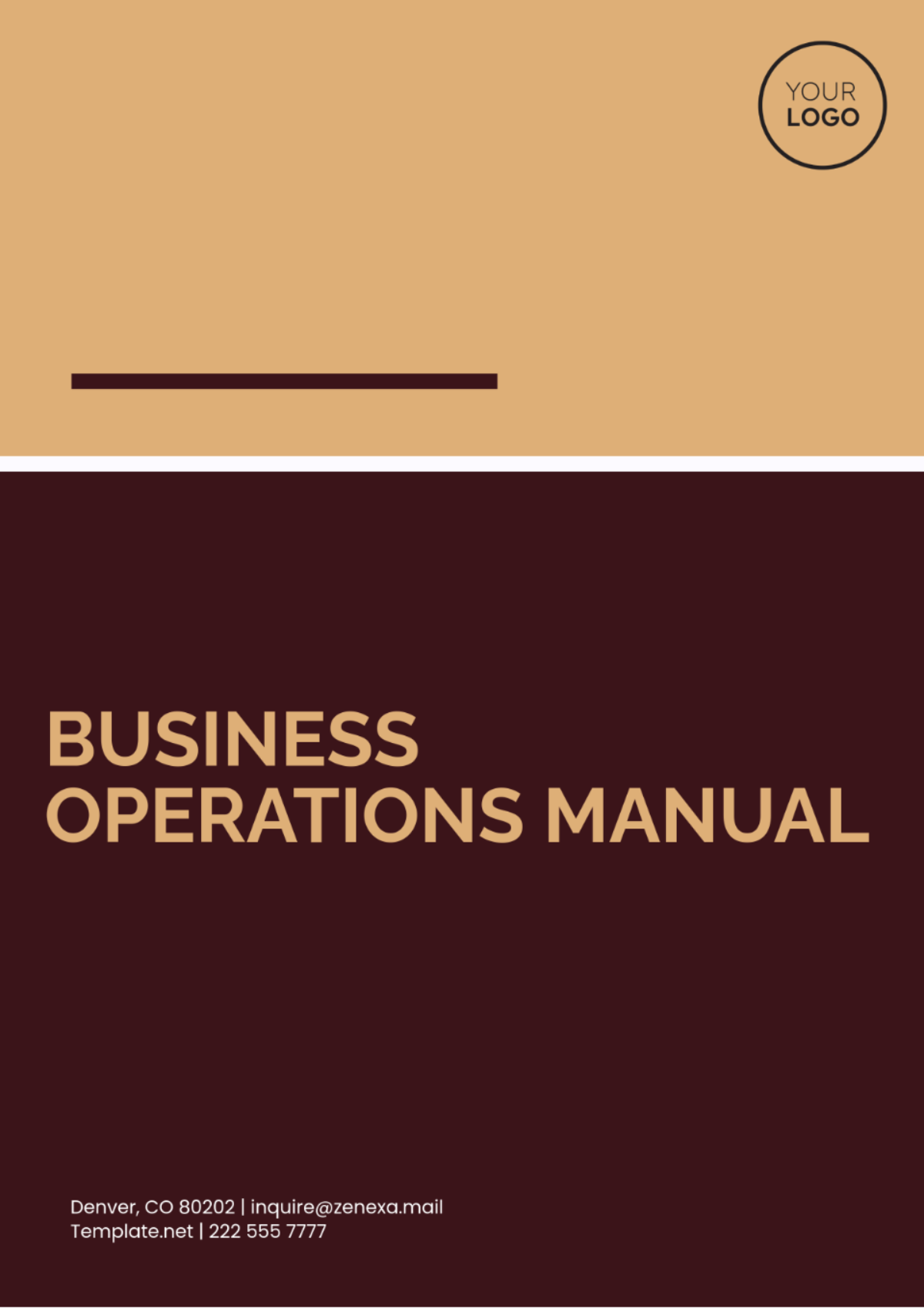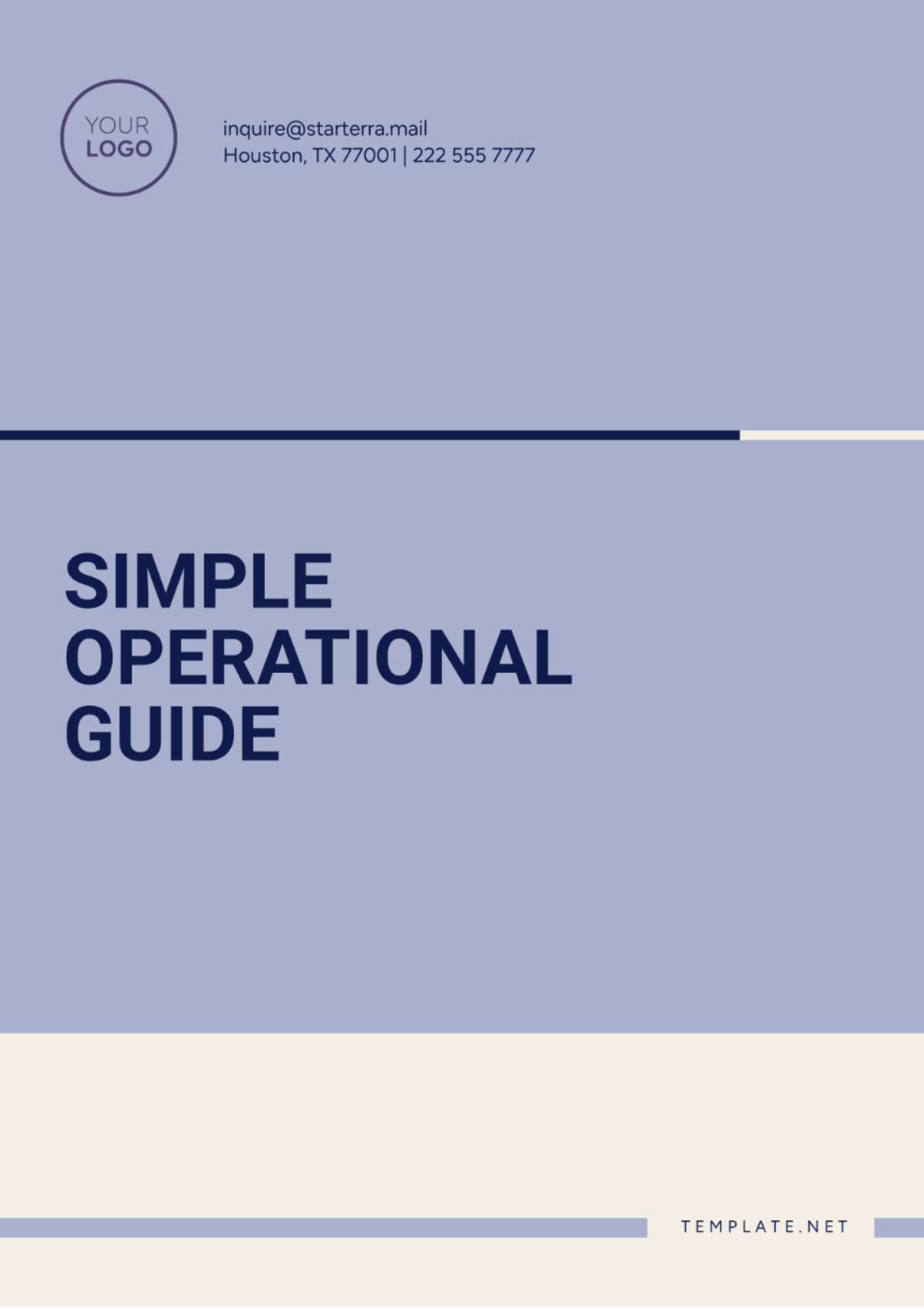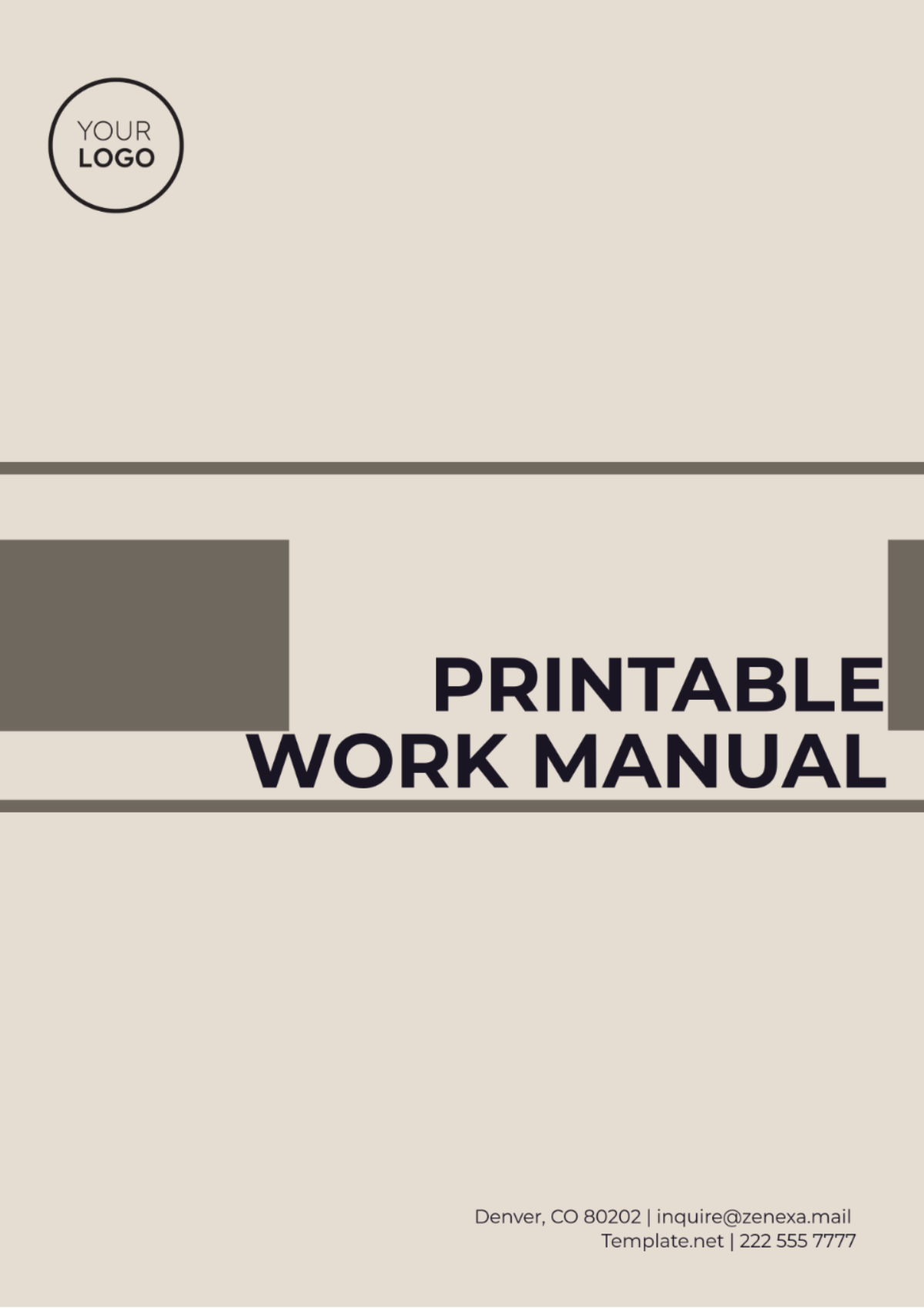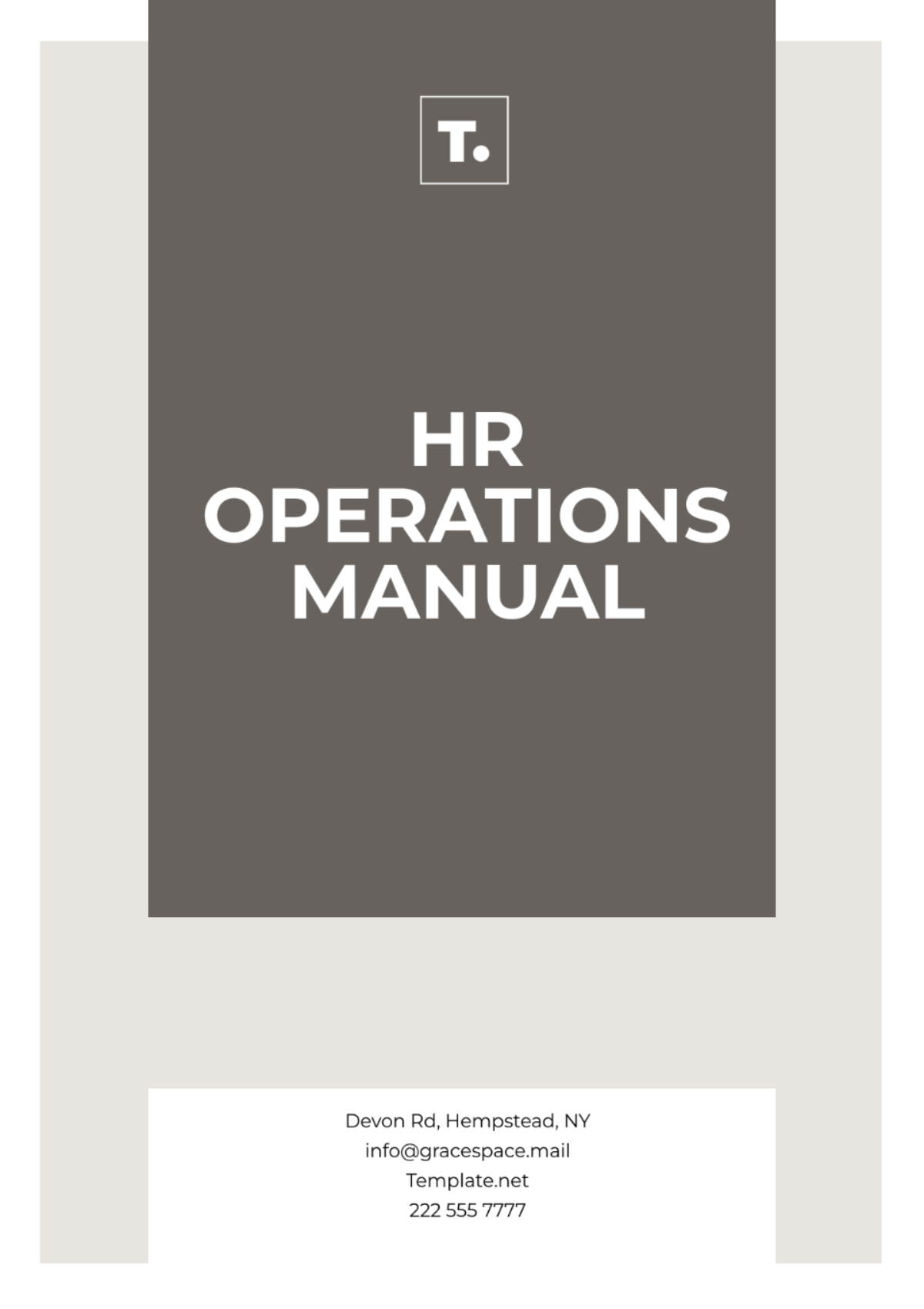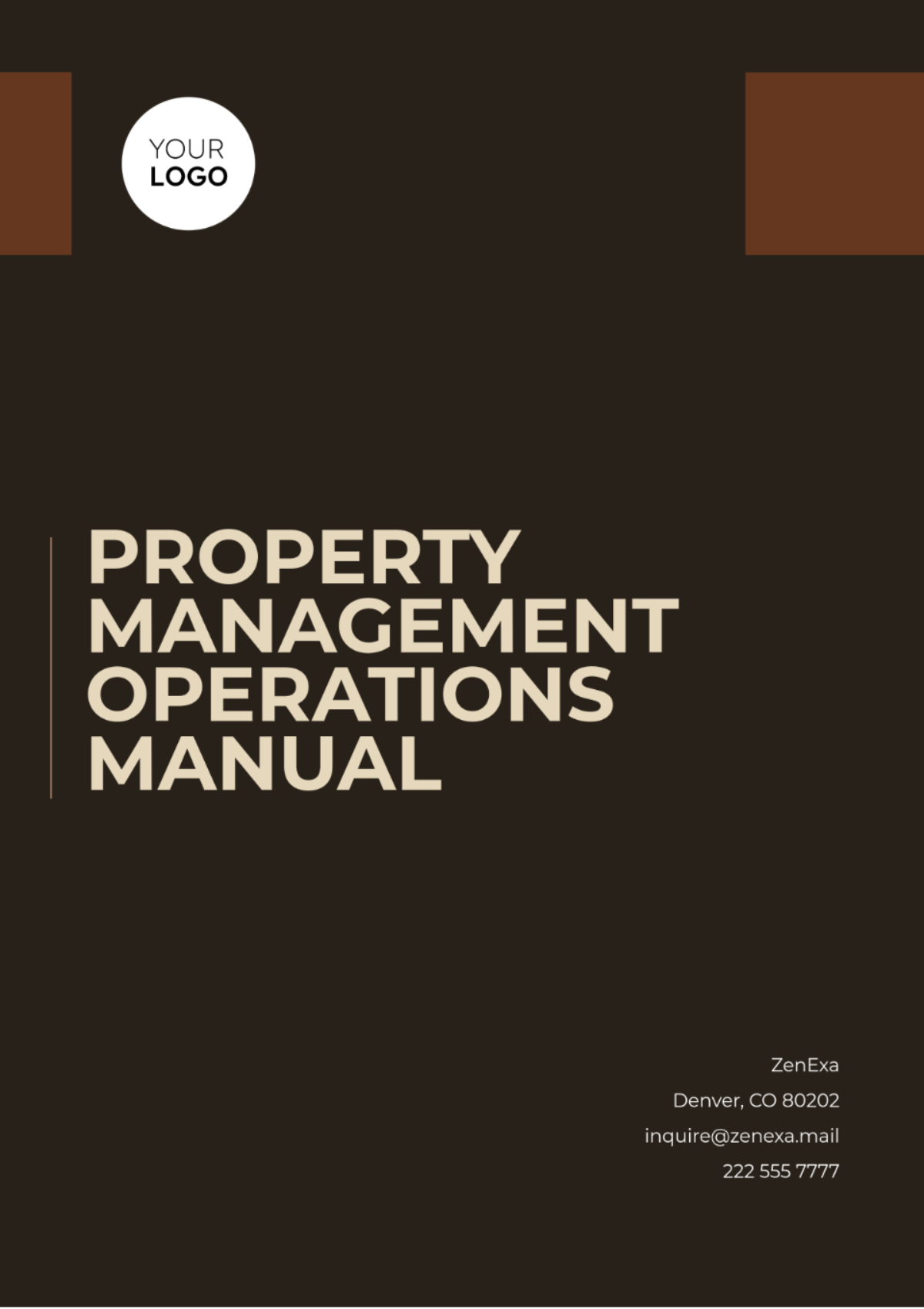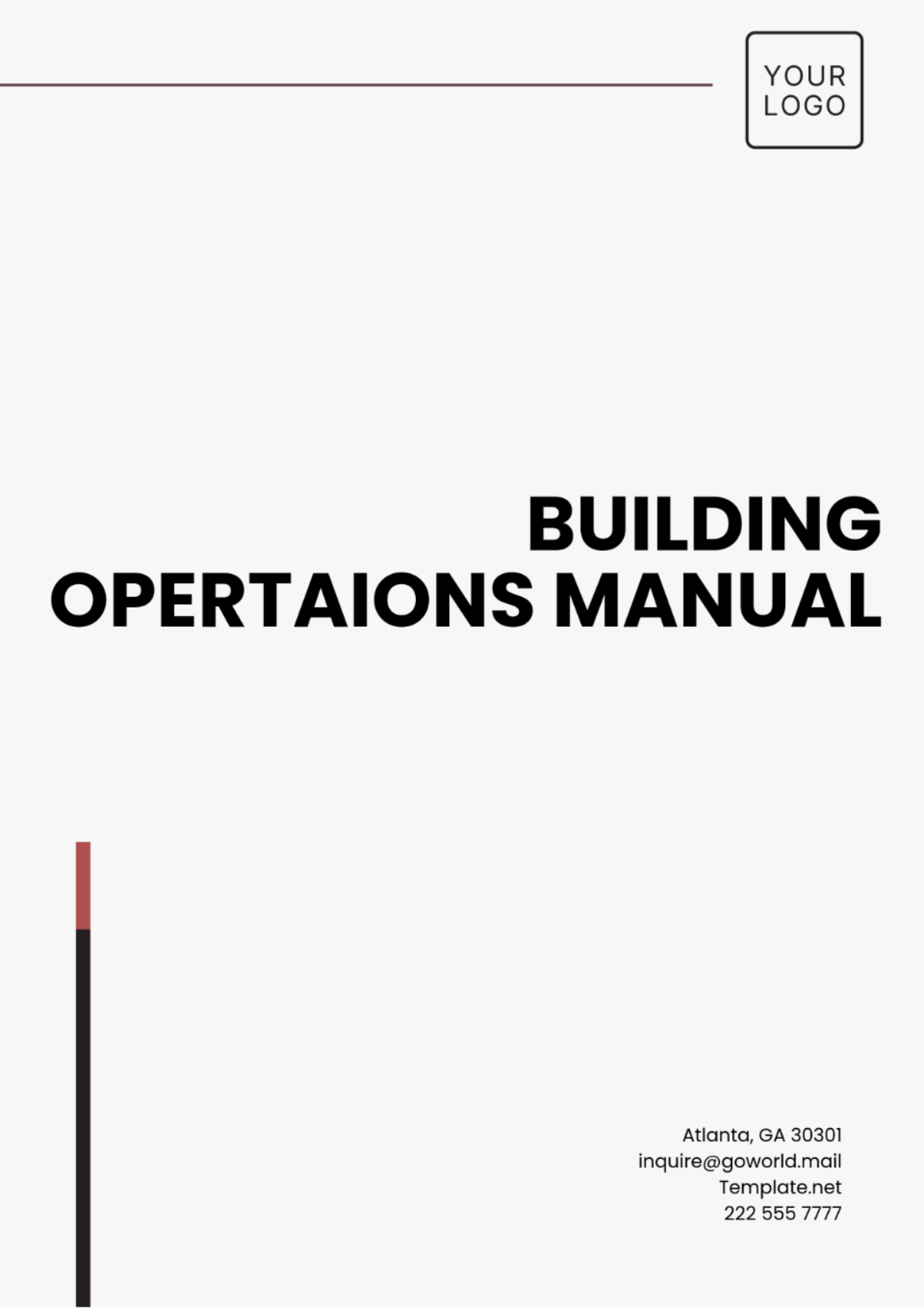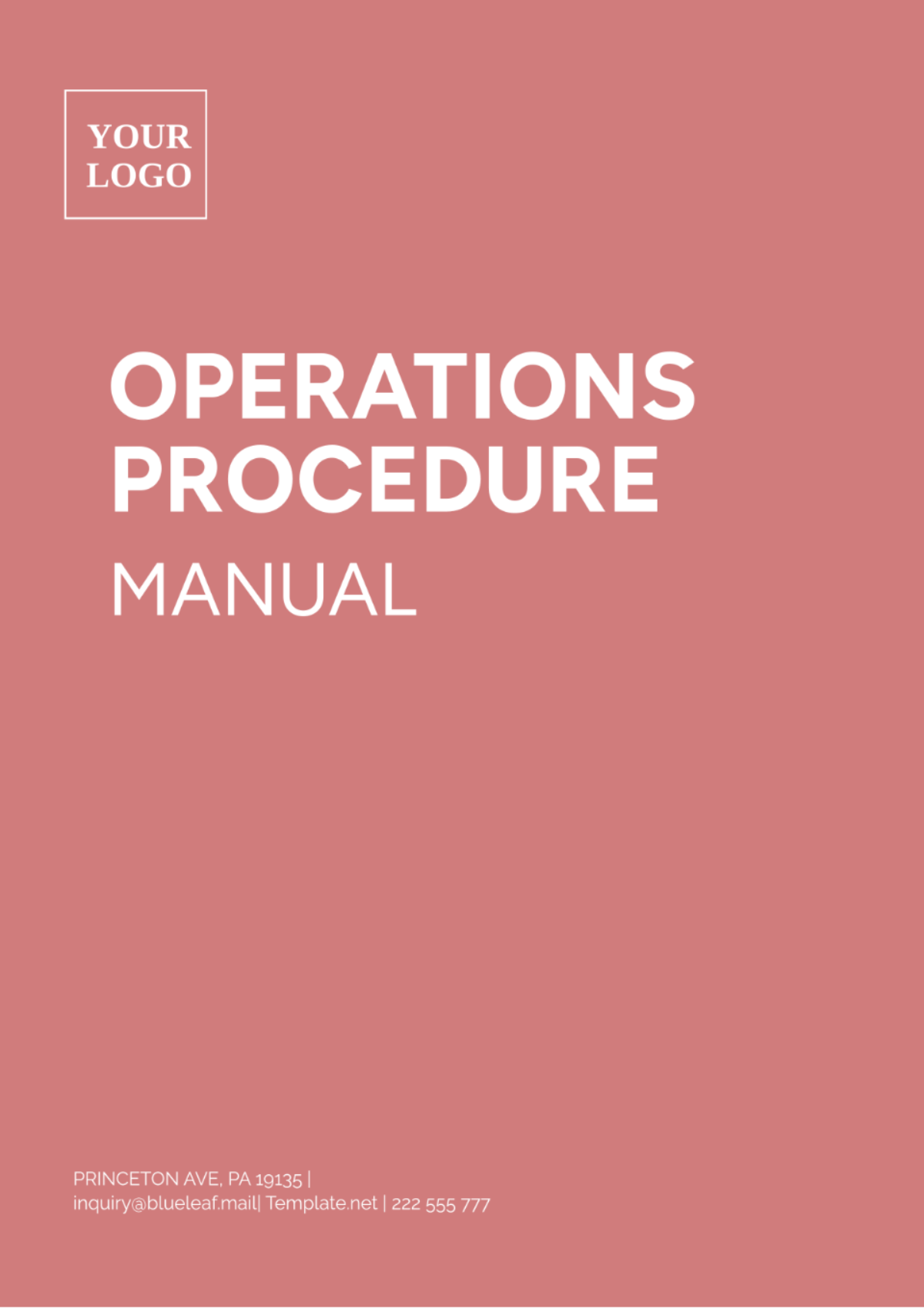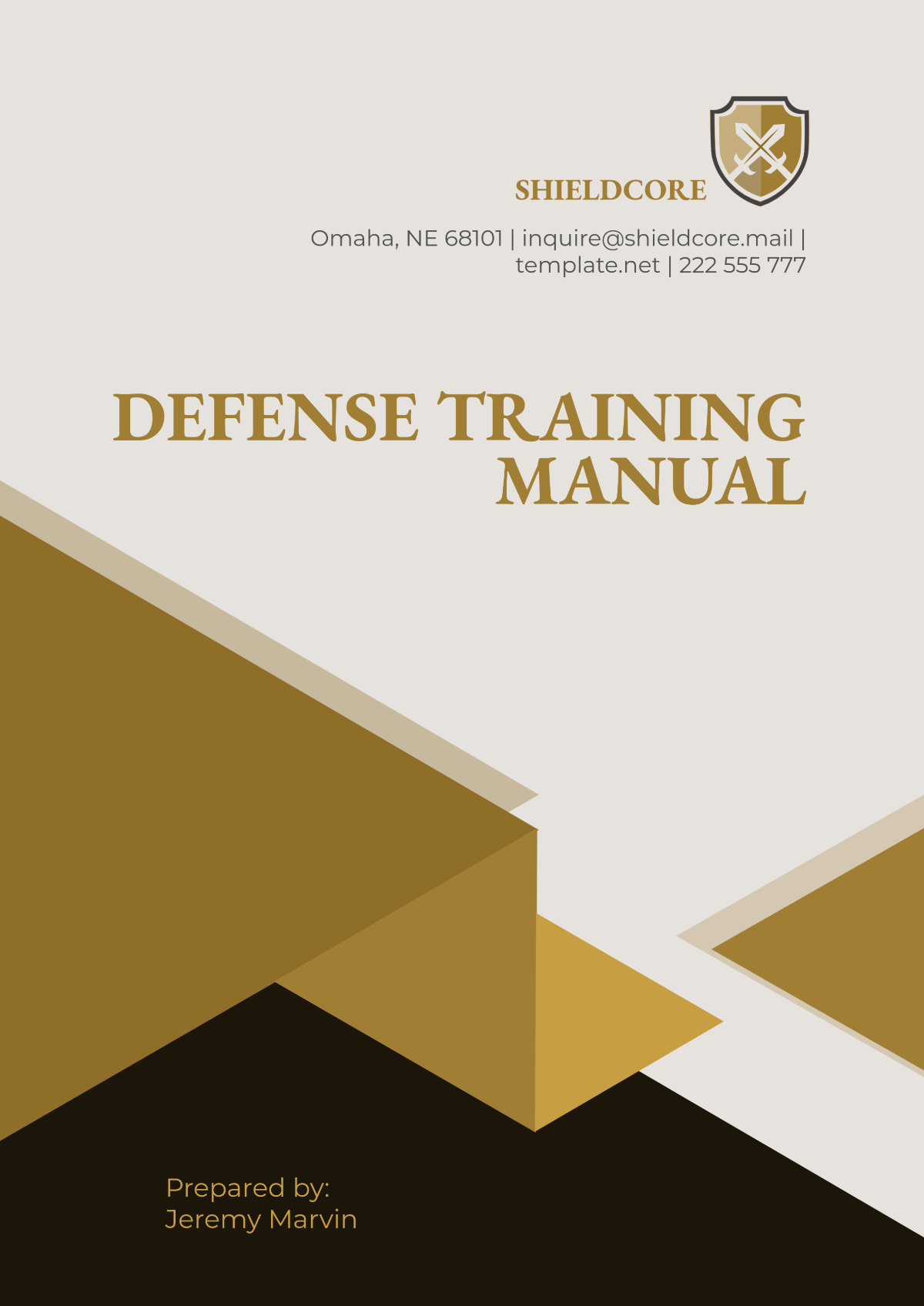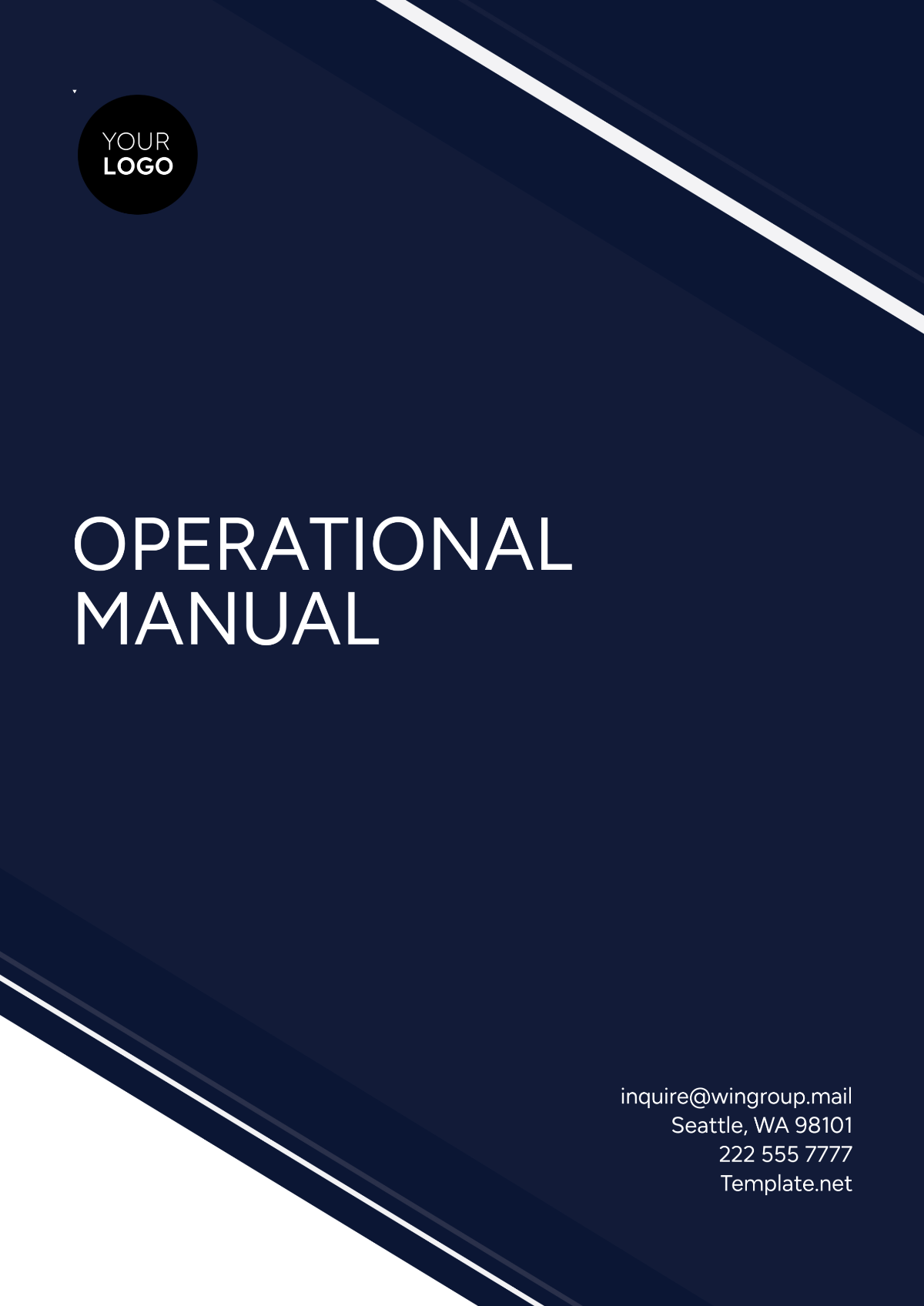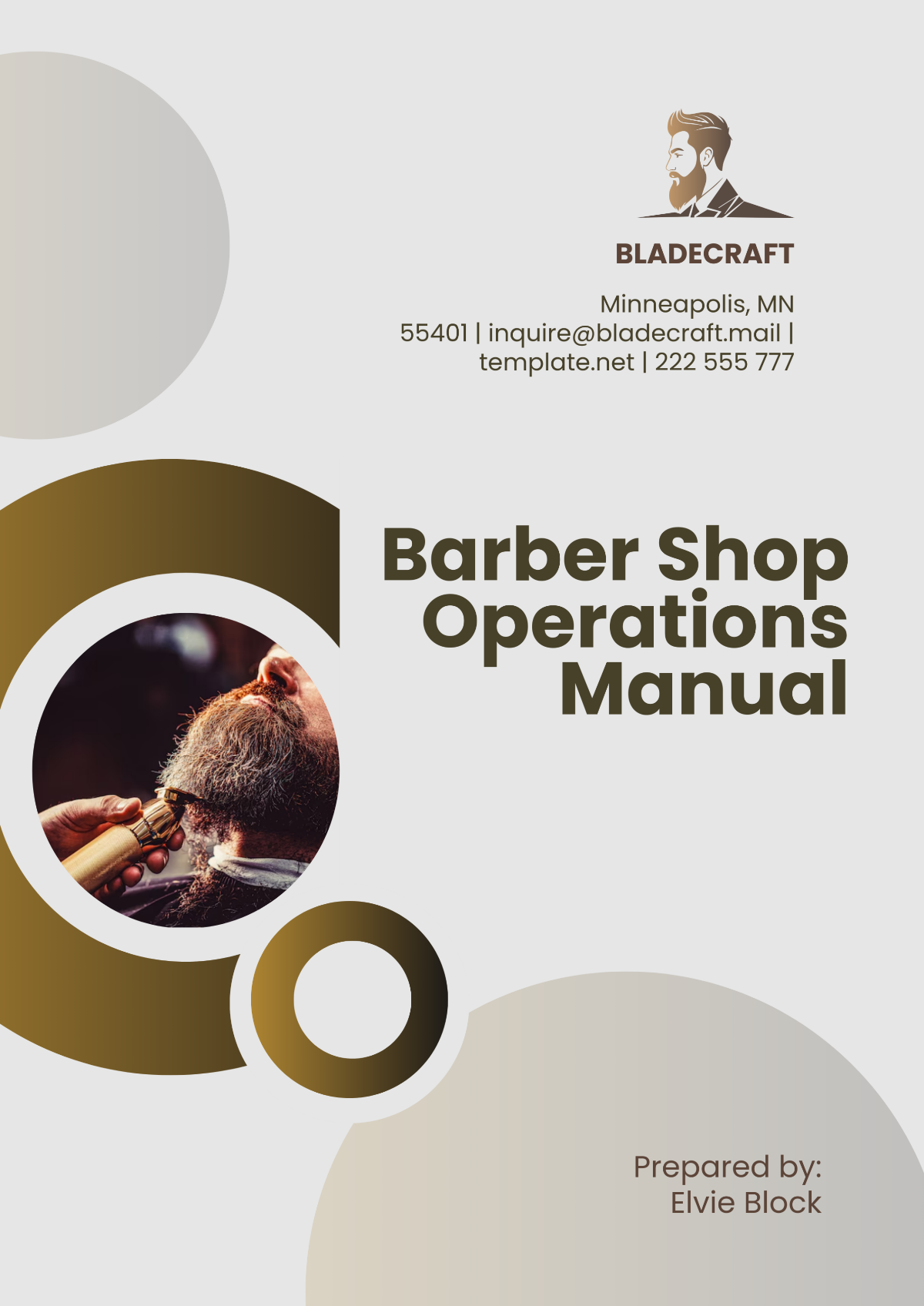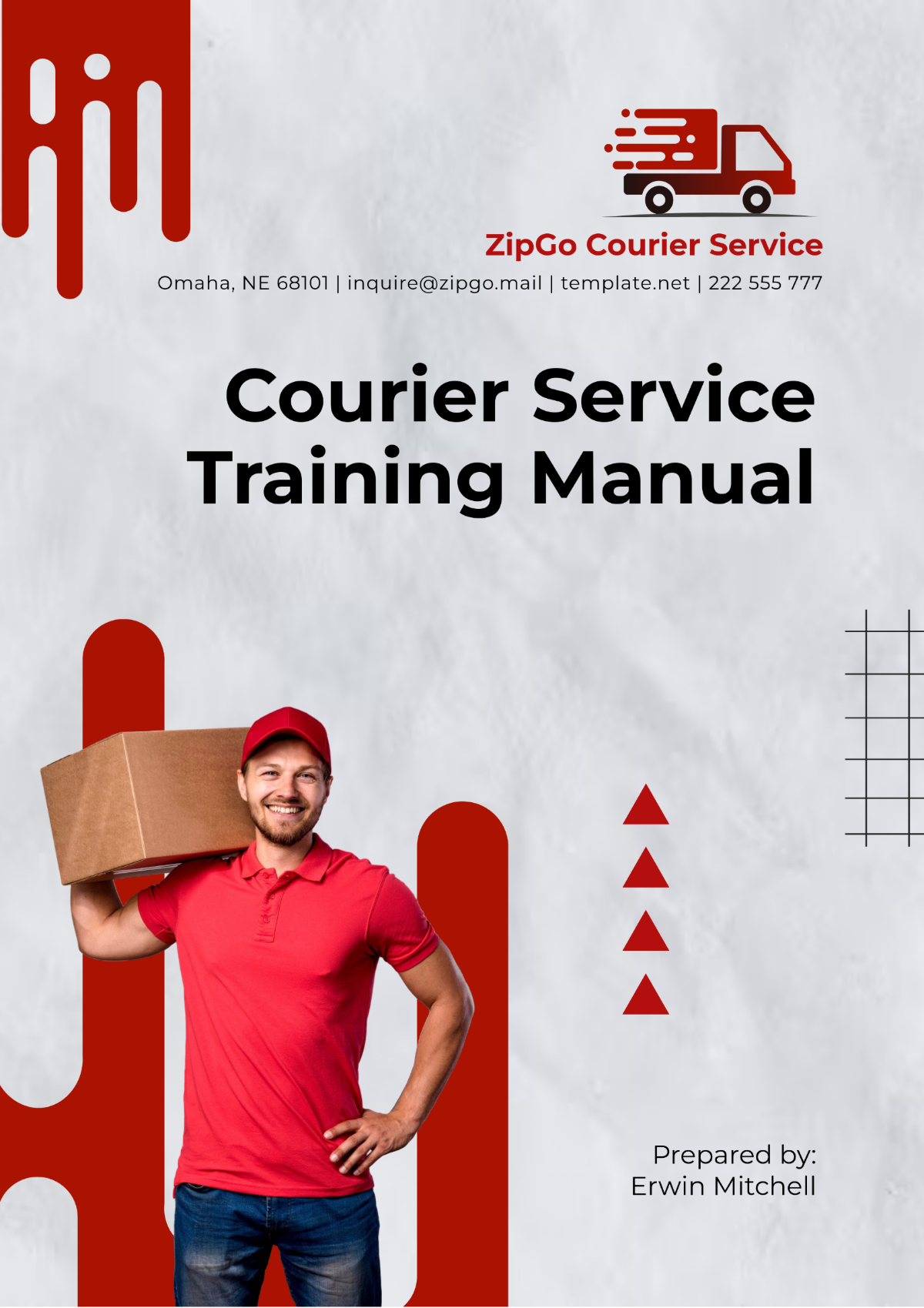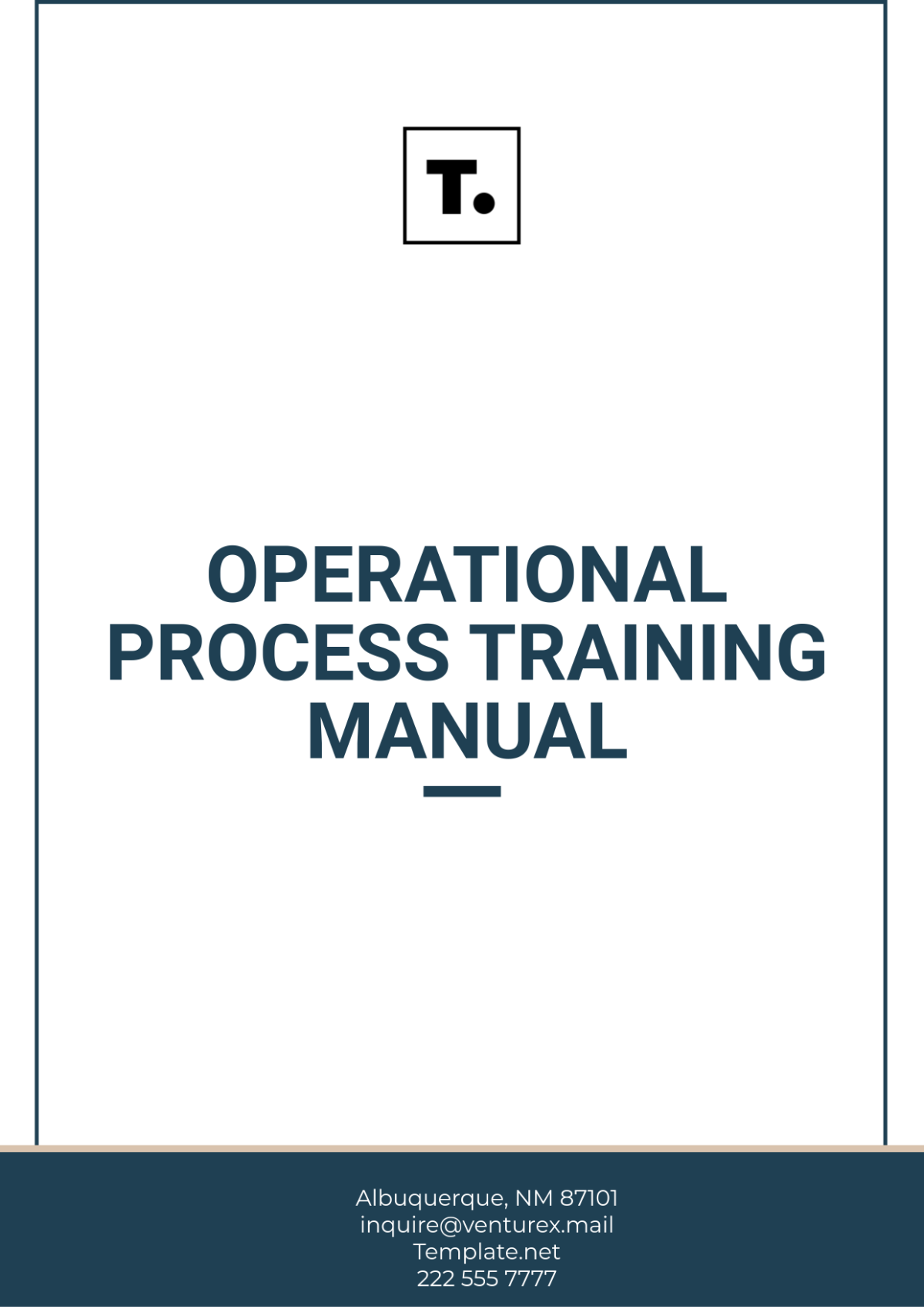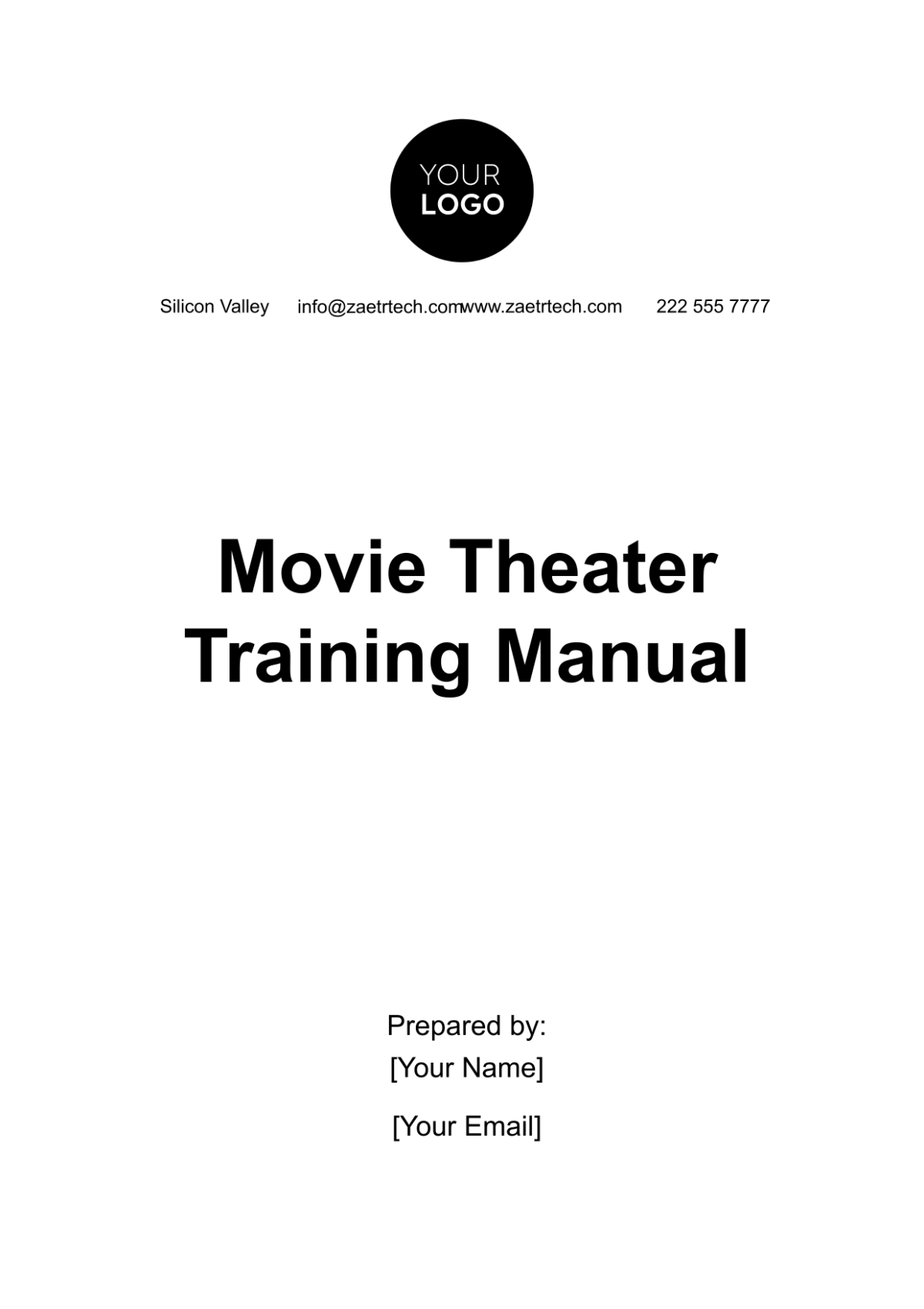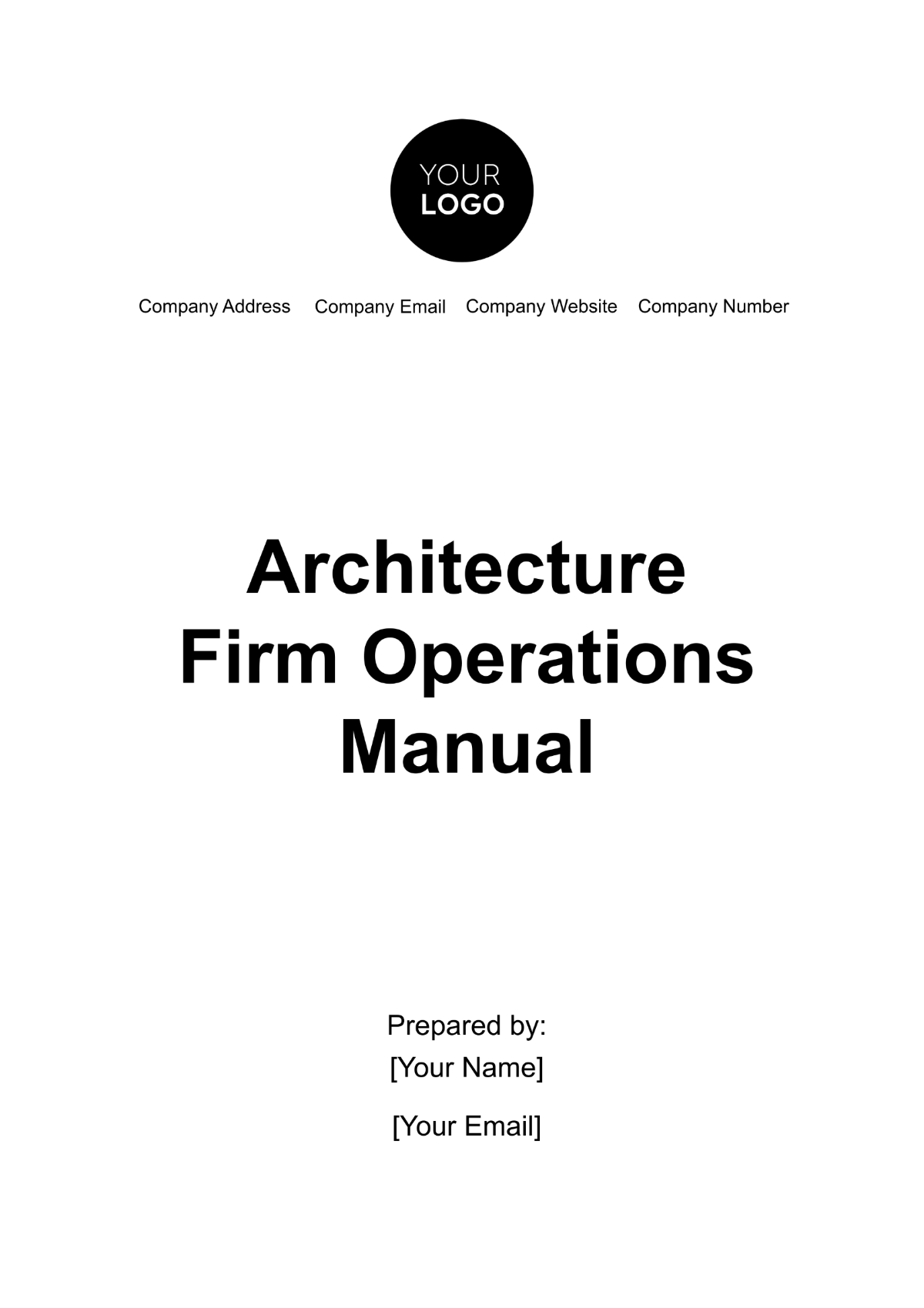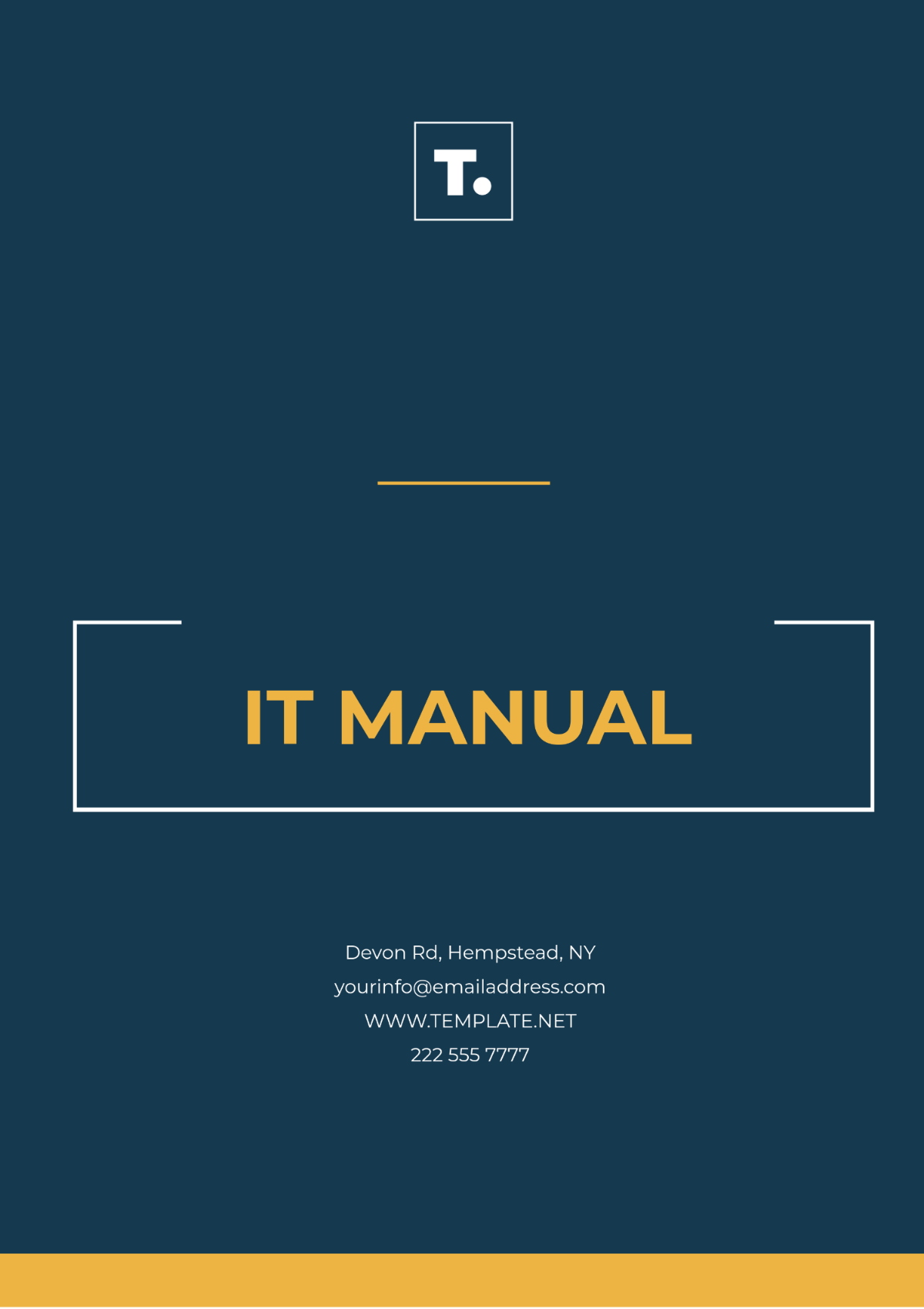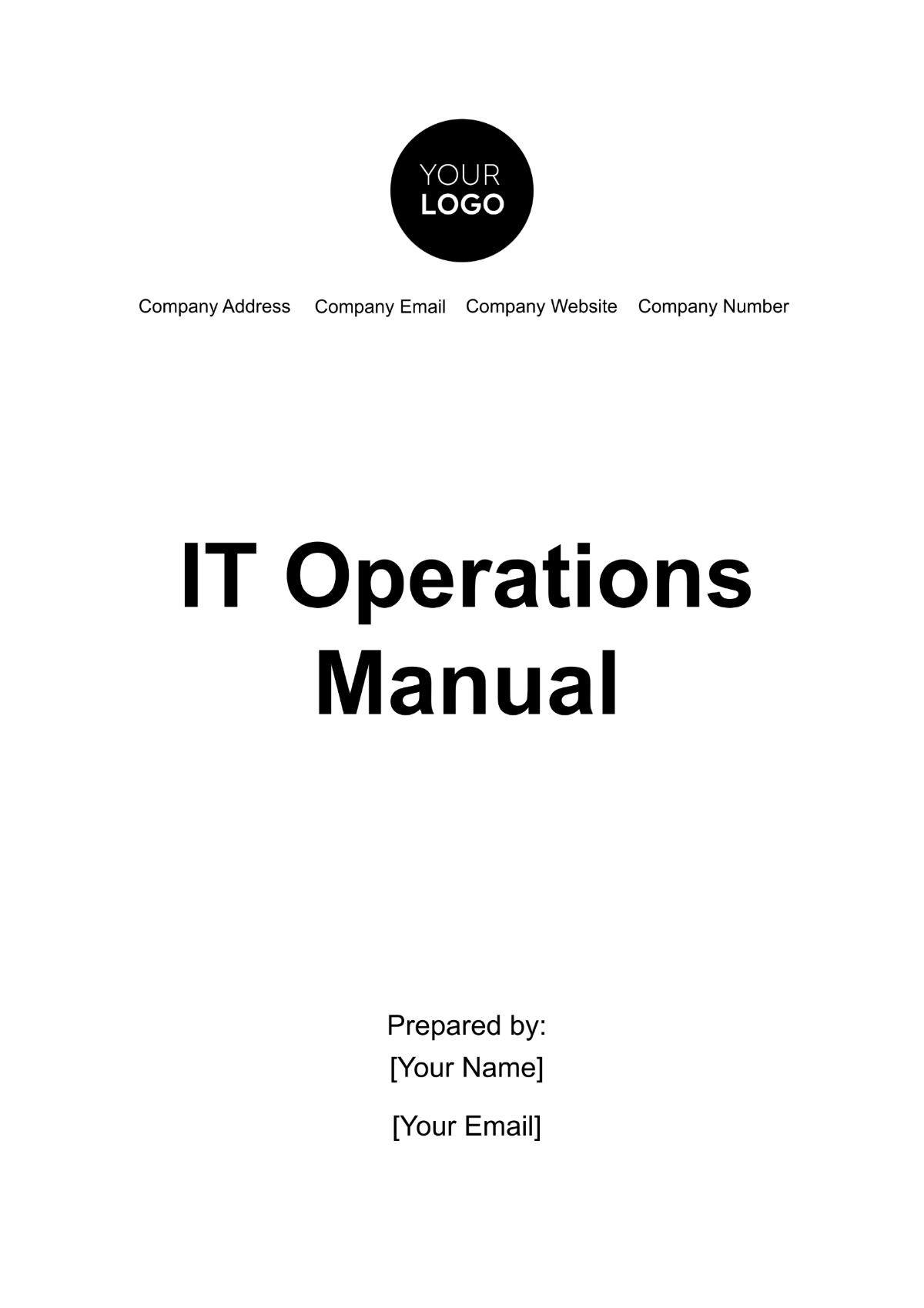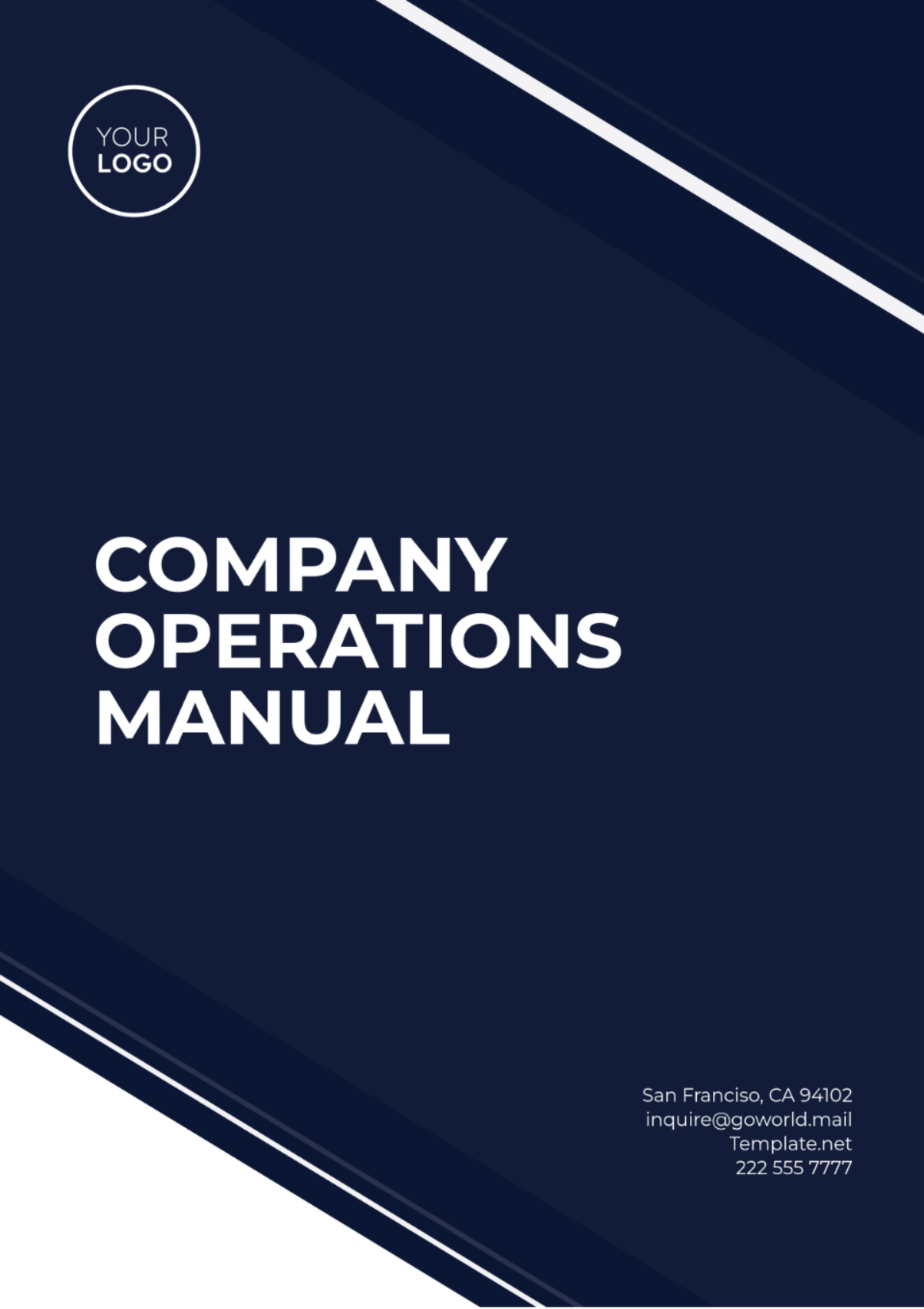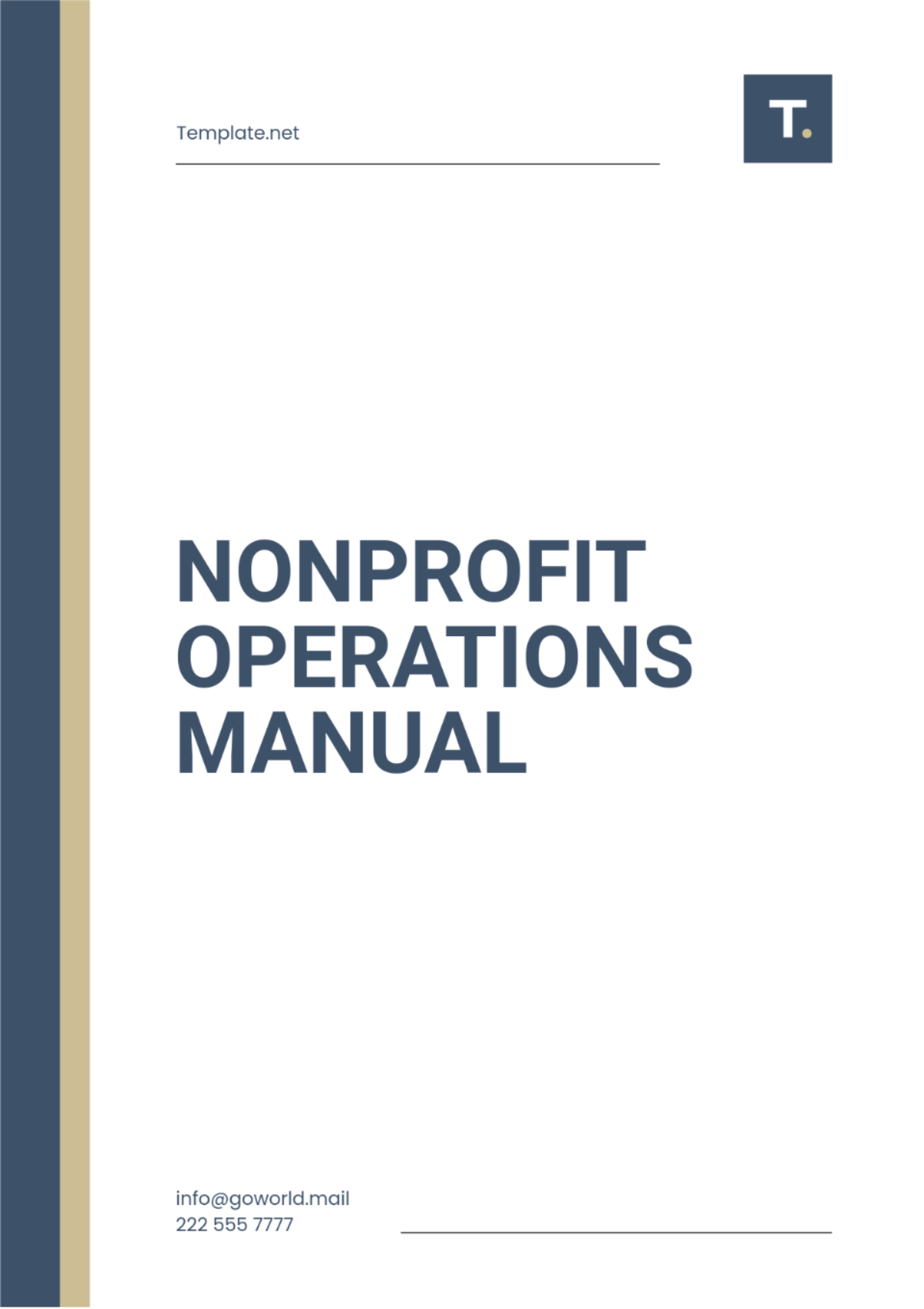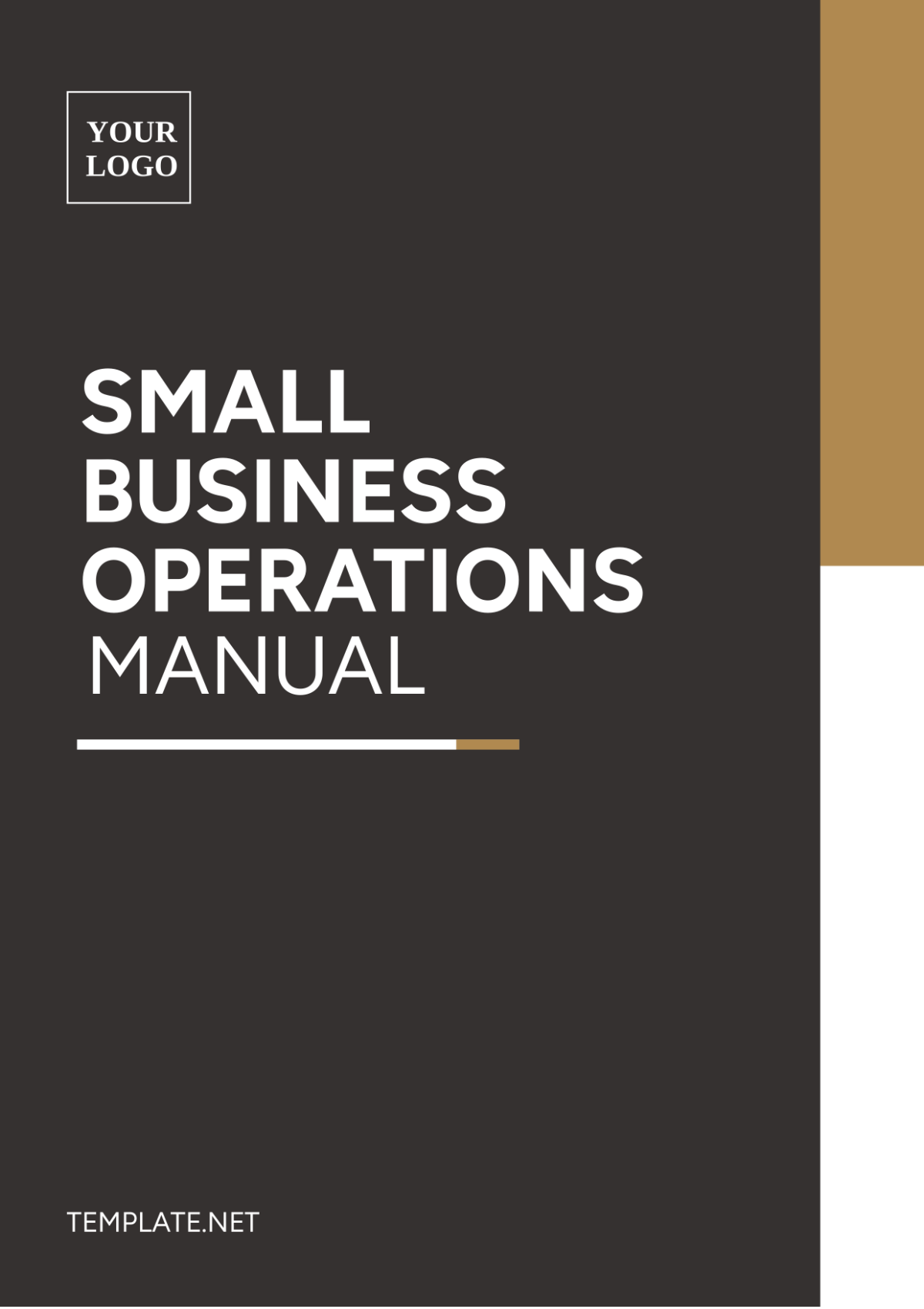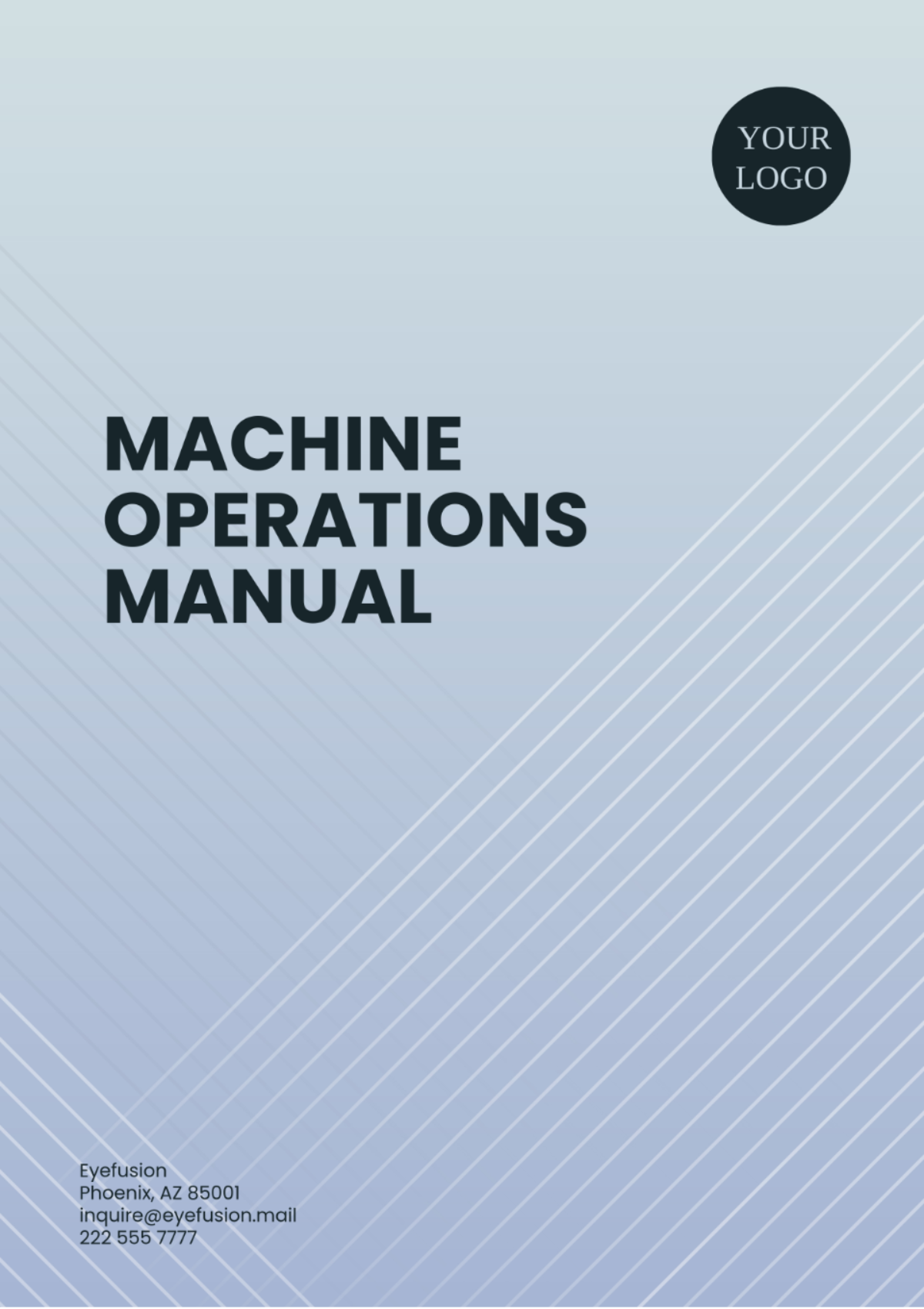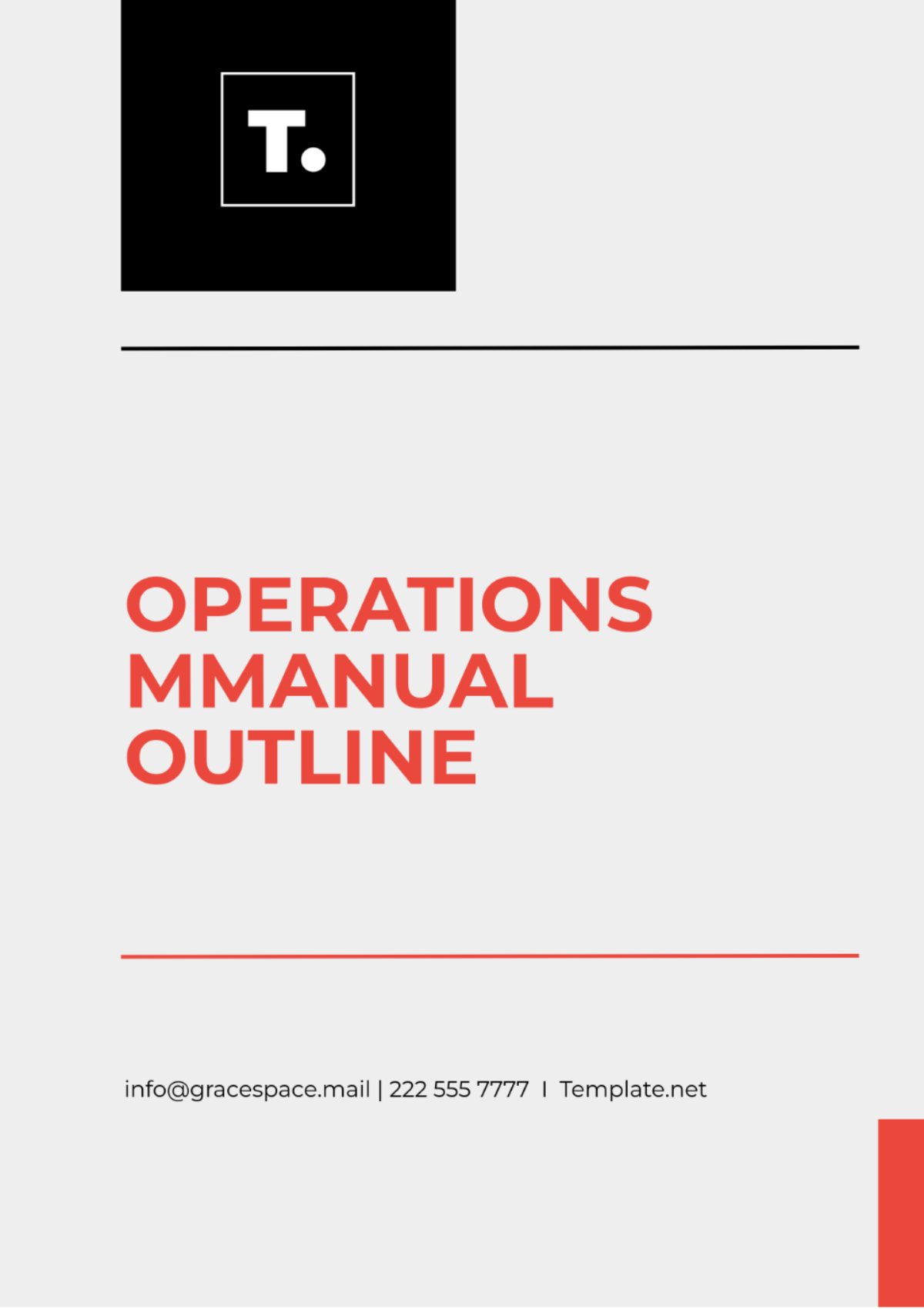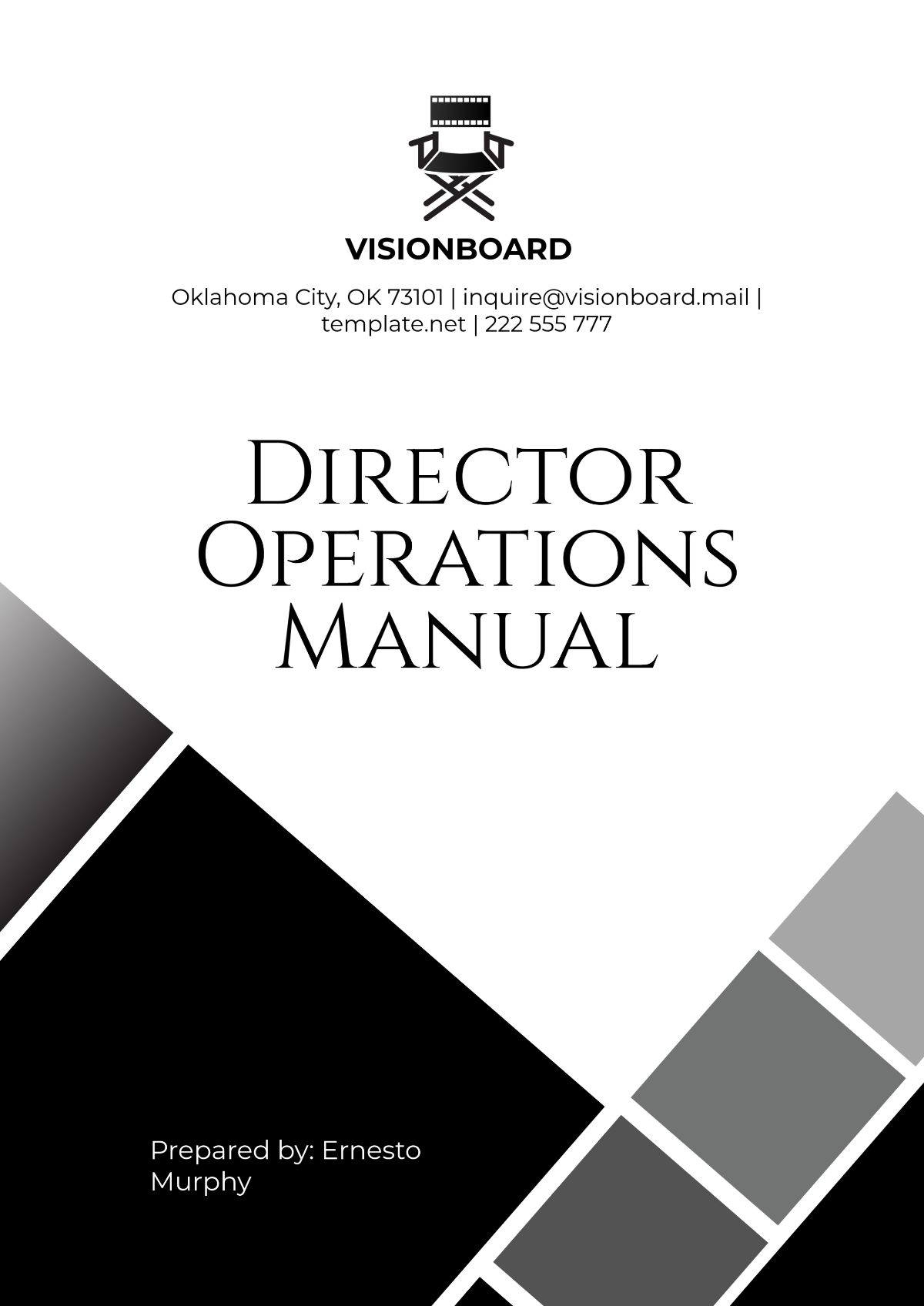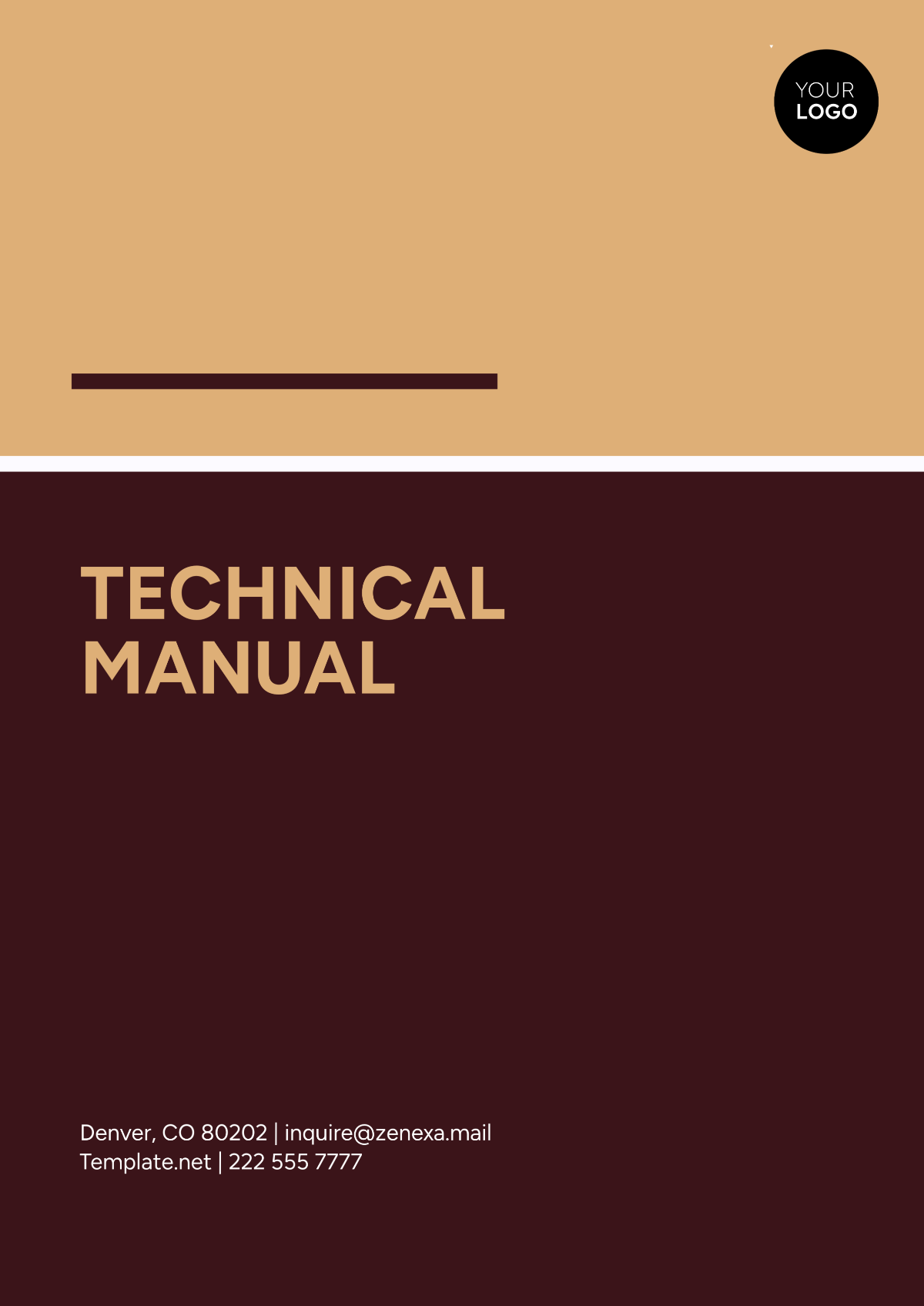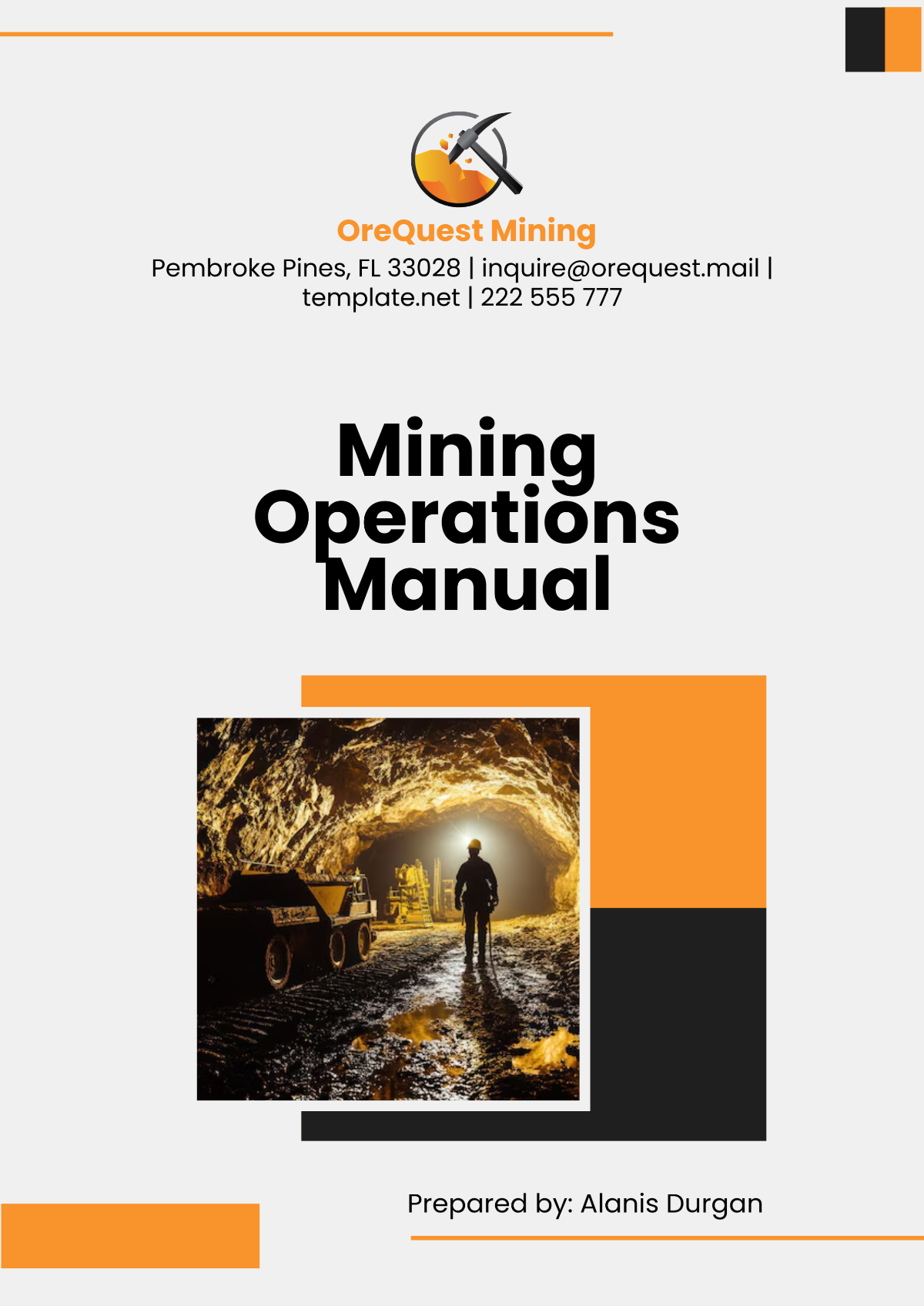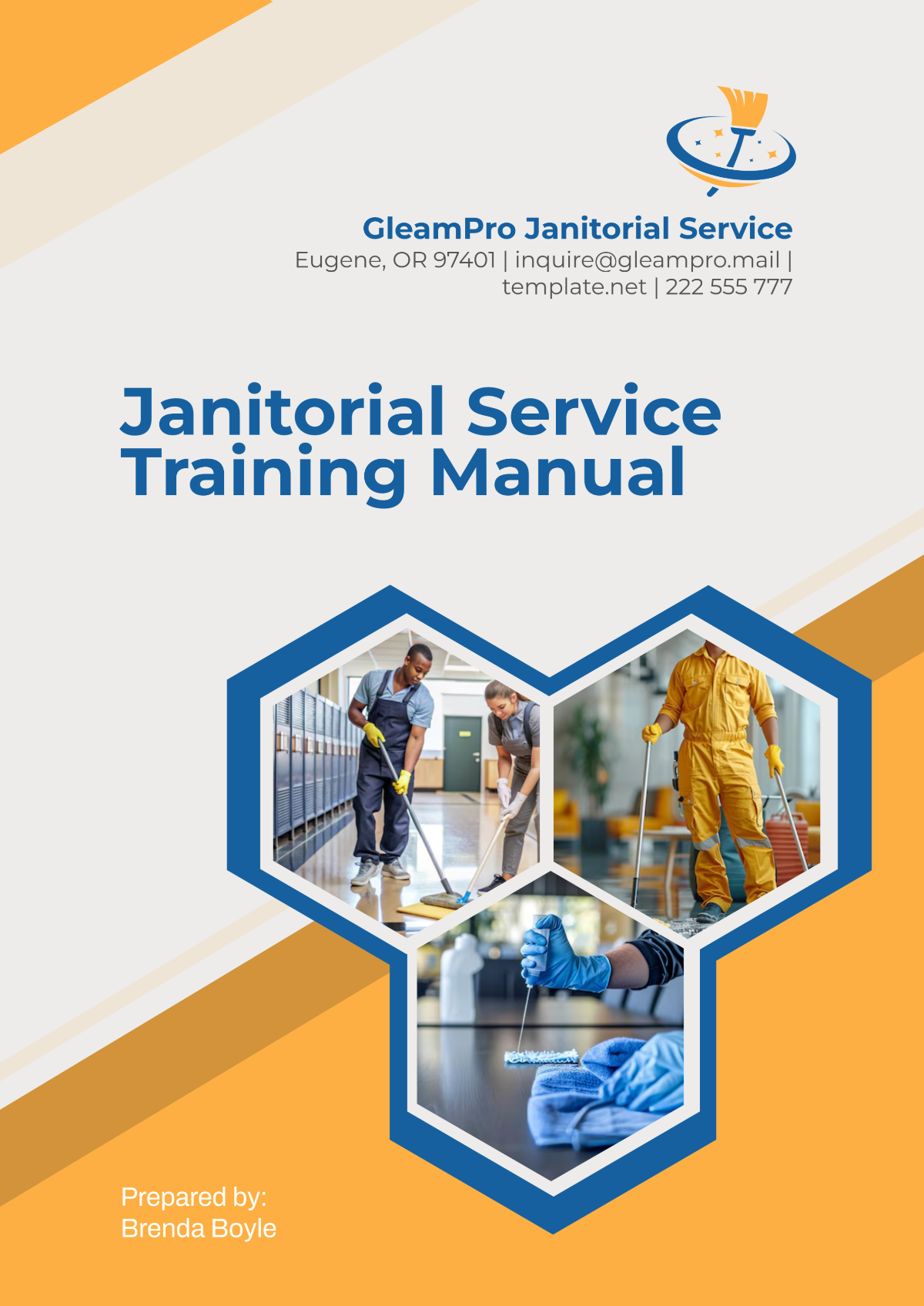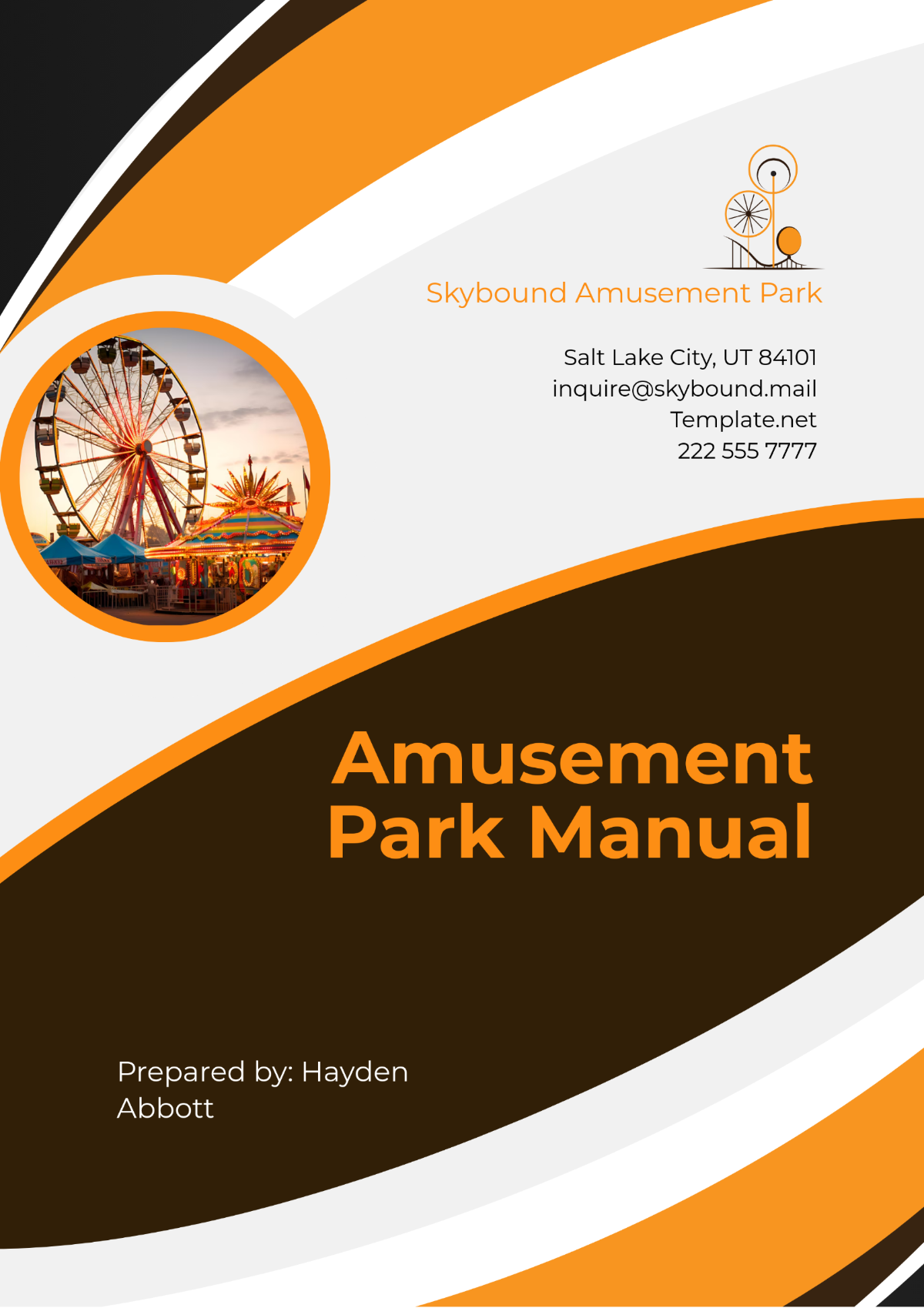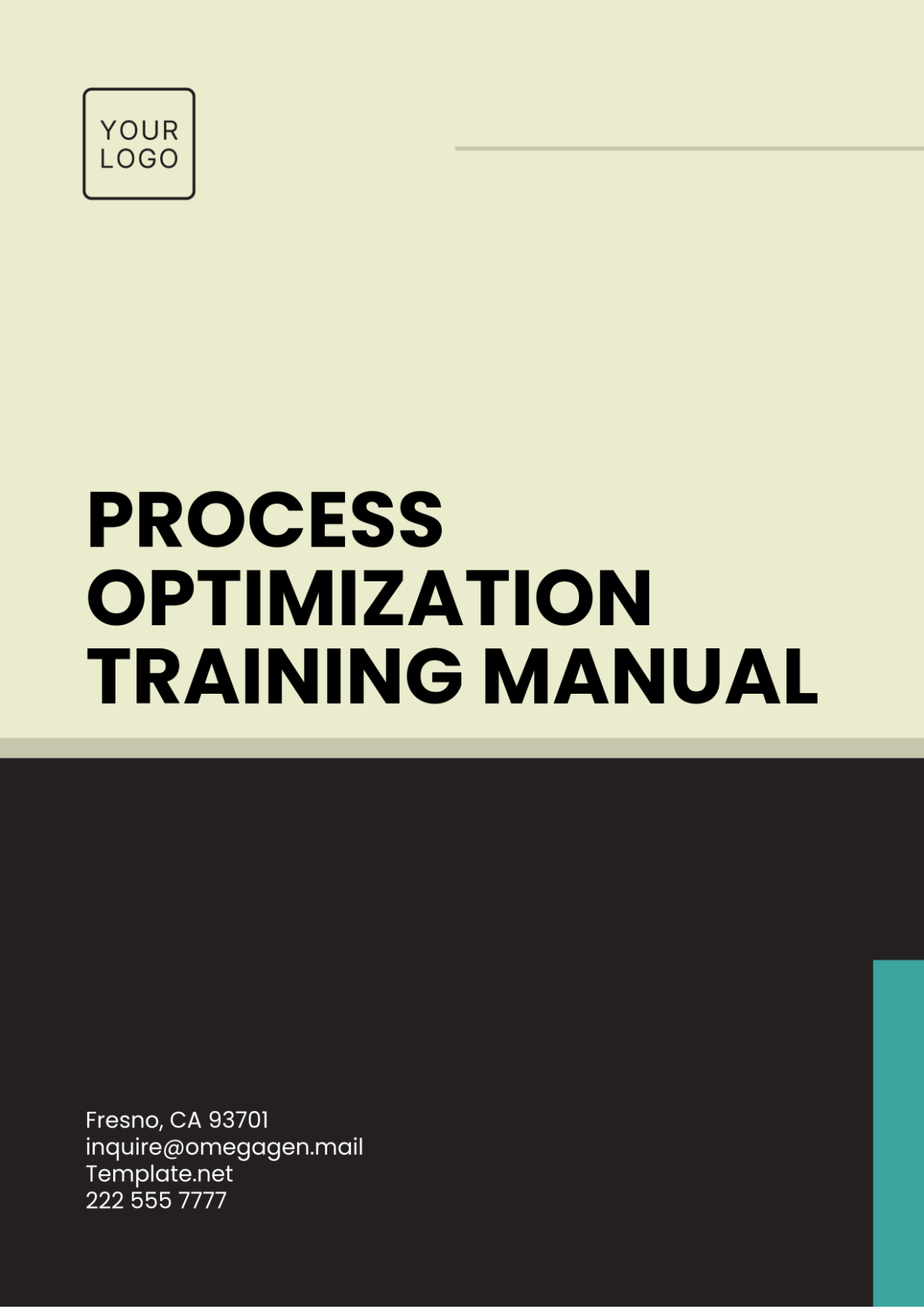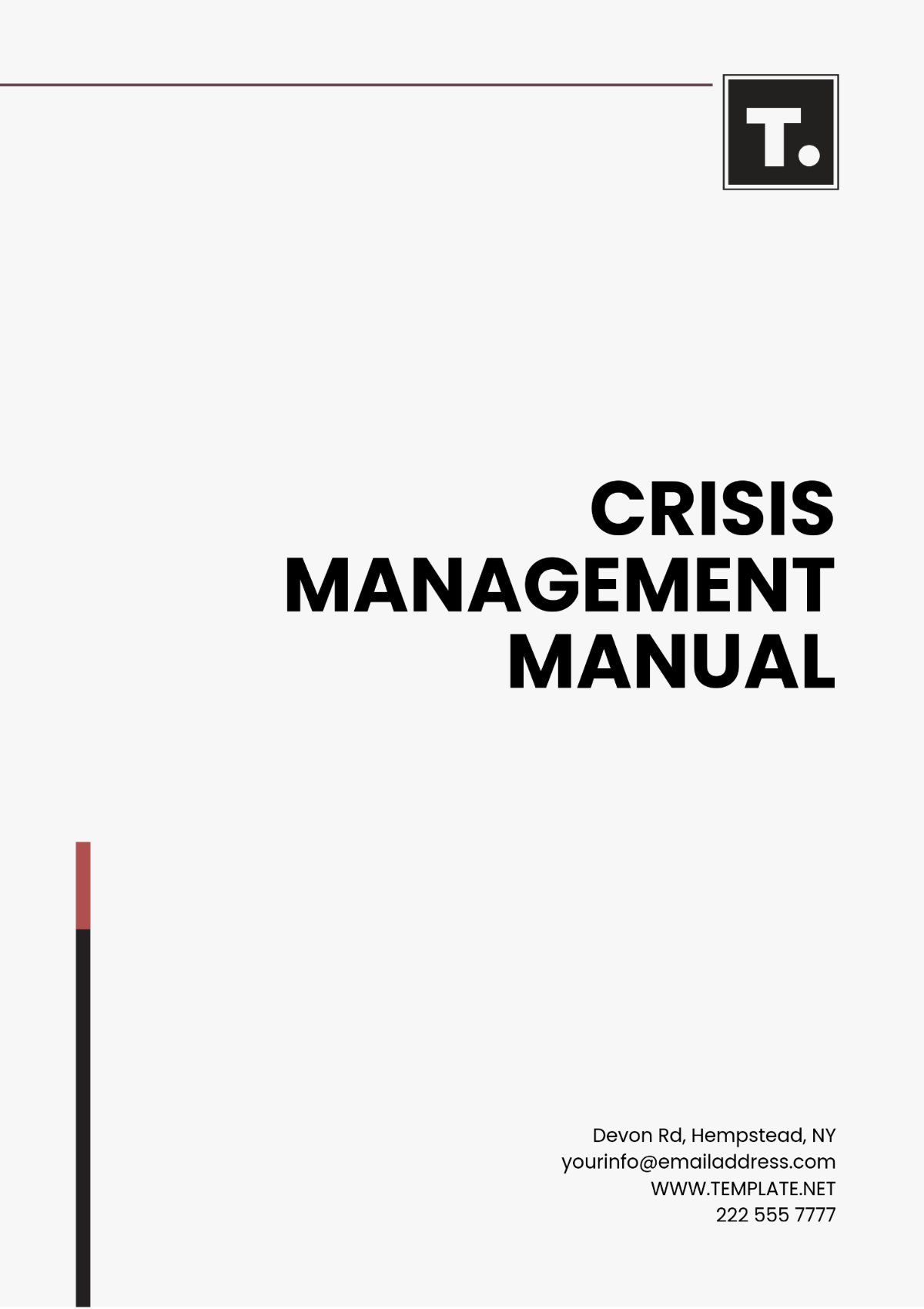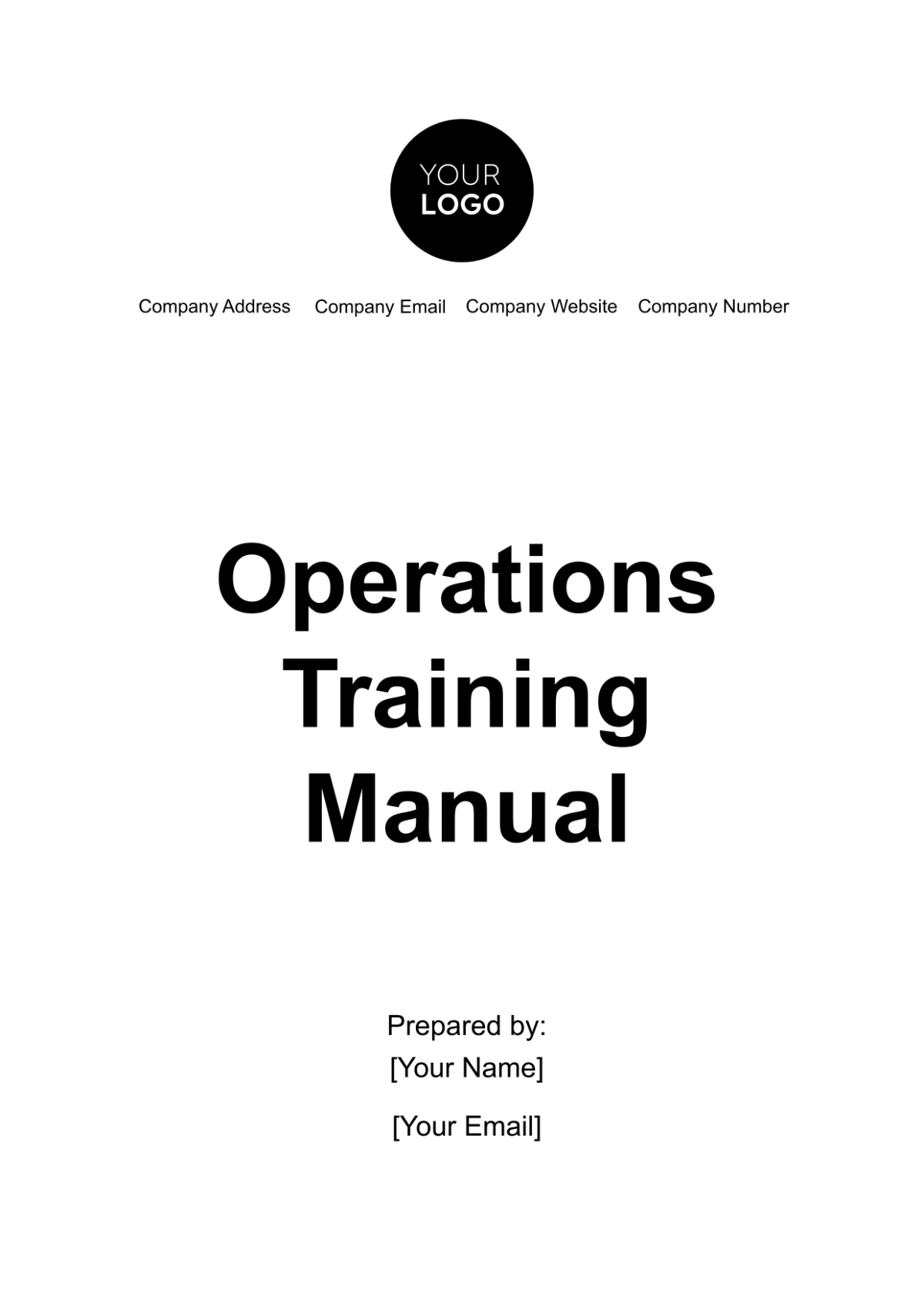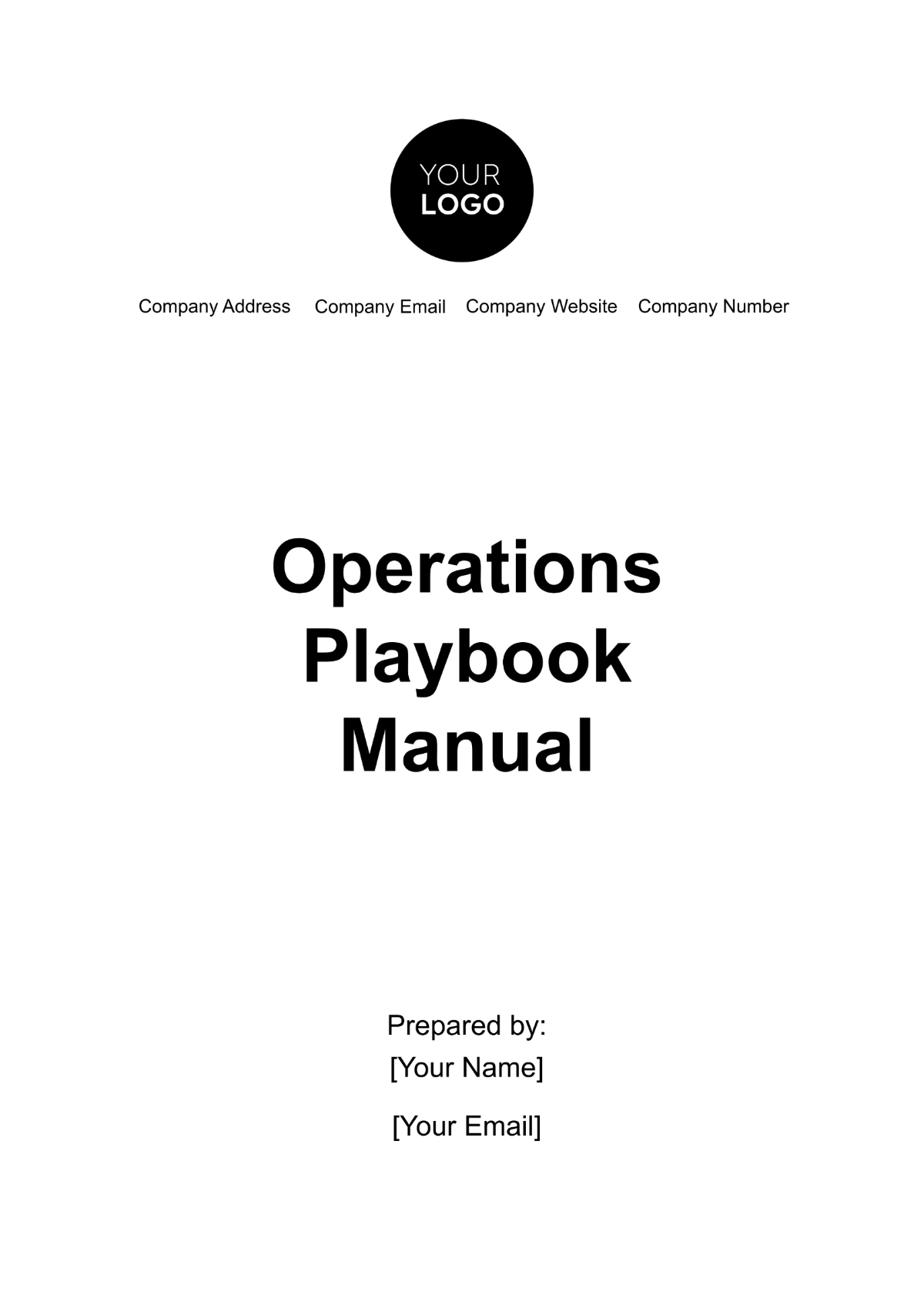Office Operations Manual
Name: | Company: | Department: | Date: |
|---|---|---|---|
[YOUR NAME] | [YOUR COMPANY NAME] | [YOUR DEPARTMENT] | [CURRENT DATE] |
I. Introduction
The [YOUR COMPANY NAME] Office Operations Manual serves as a comprehensive guide for all employees to understand and adhere to the standard operating procedures (SOPs), policies, and guidelines governing office operations. This manual is designed to ensure consistency, efficiency, and compliance with company objectives. By familiarizing yourself with the contents of this manual, you will contribute to a smooth and productive work environment.
1. Purpose
The purpose of this manual is to:
Provide clear guidance on office procedures and protocols.
Ensure uniformity in operations across all departments.
Facilitate effective training and onboarding of new employees.
Enhance compliance with legal regulations and company policies.
2. Audience
This manual is intended for use by all employees of [YOUR COMPANY NAME], regardless of their role or department. It is particularly useful for:
New hires during onboarding.
Current employees seeking reference on specific procedures.
Managers and supervisors responsible for enforcing policies and procedures.
II. Company Overview
In this section, you will find an overview of [YOUR COMPANY NAME], including its mission, values, organizational structure, and key personnel.
1. Mission Statement
[YOUR COMPANY NAME] is committed to [INSERT MISSION STATEMENT HERE].
2. Values
Our values include:
Integrity: We conduct business with honesty and transparency.
Excellence: We strive for excellence in all our endeavors.
Teamwork: We collaborate and support each other to achieve common goals.
3. Organizational Structure
[YOUR COMPANY NAME] follows a [DESCRIBE ORGANIZATIONAL STRUCTURE HERE].
4. Key Personnel
CEO: [YOUR CEO'S NAME]
HR Manager: [YOUR HR MANAGER'S NAME]
Operations Manager: [YOUR OPERATIONS MANAGER'S NAME]
III. Office Policies and Procedures
This section outlines the policies and procedures governing various aspects of office operations at [YOUR COMPANY NAME].
1. Attendance and Punctuality
Regular Attendance: Employees are expected to arrive on time and maintain regular attendance as per their designated work schedule.
Notification of Absences: In case of absence, employees must inform their supervisor or the HR department promptly.
2. Dress Code
Professional Attire: Employees are required to dress professionally in accordance with the company's dress code policy.
Exceptions: Certain departments or occasions may have specific dress code requirements; employees should adhere to these guidelines accordingly.
3. Communication Guidelines
Professional Communication: All communication, whether verbal or written, should be professional, respectful, and in line with company standards.
Email Etiquette: Employees are expected to use appropriate language and tone in all email correspondence.
4. Confidentiality and Data Security
Confidential Information: Employees must maintain the confidentiality of sensitive company information and customer data.
Data Security: All employees are responsible for adhering to data security protocols to prevent unauthorized access or disclosure of information.
IV. Office Equipment and Facilities
This section provides guidelines for the use and maintenance of office equipment and facilities.
1. Computer and IT Resources
Authorized Use: Employees should use company computers and IT resources for work-related purposes only.
Password Security: Employees are responsible for safeguarding their login credentials and using strong passwords to protect company data.
2. Office Supplies
Responsibility: Employees are encouraged to use office supplies efficiently and avoid wastage.
Request Procedure: Requests for additional supplies should be made through the designated channels.
3. Facility Maintenance
Cleanliness: All employees are expected to maintain a clean and organized workspace.
Reporting Issues: Any maintenance issues or safety concerns should be reported to the facilities management team promptly.
V. Health and Safety
This section outlines the health and safety procedures to ensure the well-being of employees in the workplace.
1. Emergency Procedures
Evacuation Plan: Employees should familiarize themselves with the office evacuation plan and designated assembly points.
Emergency Contacts: Emergency contact information should be readily accessible to all employees.
2. First Aid
First Aid Kits: First aid kits are located [PROVIDE LOCATION DETAILS].
Certified Personnel: Trained first aiders are available onsite to provide assistance in case of medical emergencies.
3. Ergonomics
Workspace Setup: Employees should ensure that their workstations are set up ergonomically to prevent musculoskeletal injuries.
Regular Breaks: Employees are encouraged to take regular breaks to prevent fatigue and promote well-being.
VI. Human Resources Policies
This section covers the human resources policies and procedures that govern employee relations, recruitment, and development.
1. Recruitment and Hiring
Job Postings: All job vacancies will be posted internally and/or externally, as per company policy.
Interview Process: Candidates will undergo a structured interview process, including assessment of qualifications, skills, and cultural fit.
2. Performance Management
Performance Reviews: Regular performance reviews will be conducted to provide feedback and evaluate employee performance.
Goal Setting: Employees will collaborate with their supervisors to set clear and achievable performance goals.
3. Training and Development
Training Programs: [YOUR COMPANY NAME] offers various training programs to enhance employee skills and knowledge.
Professional Development: Employees are encouraged to pursue ongoing professional development opportunities relevant to their roles.
VII. IT and Cybersecurity Policies
This section outlines the IT and cybersecurity policies to protect company data and infrastructure from potential threats.
1. Acceptable Use Policy
Authorized Use: Employees are permitted to use company IT resources for work-related purposes only.
Prohibited Activities: Unauthorized access, sharing of login credentials, and downloading of unauthorized software are strictly prohibited.
2. Data Protection
Data Privacy: [YOUR COMPANY NAME] is committed to protecting the privacy and security of employee and customer data.
Compliance: All data handling procedures must comply with relevant privacy regulations, such as GDPR or CCPA.
3. Cybersecurity Measures
Firewalls and Antivirus: Company systems are equipped with firewalls and antivirus software to prevent unauthorized access and malware attacks.
Employee Training: Regular cybersecurity awareness training will be provided to educate employees on best practices for online security.
VIII. Additional Resources
This section provides additional resources and contacts for further assistance or information.
1. Employee Handbook
The Employee Handbook contains detailed information on employee benefits, leave policies, and other relevant topics.
2. Contacts
For HR-related inquiries, contact [YOUR HR MANAGER'S NAME] at [HR EMAIL ADDRESS].
For IT support, contact the IT Helpdesk at [IT SUPPORT EMAIL ADDRESS].
IX. Financial Policies
This section outlines the financial policies and procedures governing budgeting, expenses, and financial reporting.
1. Budget Management
Budget Preparation: The finance department will prepare annual budgets in collaboration with department heads.
Expense Allocation: Budget allocations will be made based on departmental needs and strategic priorities.
2. Expense Approval Process
Authorization: All expenses must be approved by the designated supervisor or department head before being incurred.
Documentation: Proper documentation, such as receipts or invoices, must accompany all expense claims.
3. Financial Reporting
Timeliness: Financial reports will be prepared and distributed on a regular basis to provide visibility into the company's financial performance.
Transparency: Financial reports will include detailed breakdowns of income, expenses, and any variances from the budget.
X. Customer Service Policies
This section covers the customer service policies and procedures aimed at providing exceptional service to customers.
1. Customer Interaction
Professionalism: Employees should interact with customers in a professional, courteous manner at all times.
Problem Resolution: Employees should strive to address customer concerns and resolve issues promptly and effectively.
2. Complaint Handling
Procedure: Customer complaints should be logged and addressed according to the company's complaint handling procedure.
Follow-Up: Employees should follow up with customers to ensure that their issues have been resolved satisfactorily.
3. Service Standards
Quality Standards: [YOUR COMPANY NAME] is committed to delivering high-quality products and services that meet or exceed customer expectations.
Continuous Improvement: Feedback from customers will be used to identify areas for improvement and enhance service quality.
XI. Conclusion
In conclusion, the [YOUR COMPANY NAME] Office Operations Manual serves as a vital resource for employees to understand and adhere to the policies, procedures, and guidelines governing office operations. By following the guidelines outlined in this manual, employees contribute to a productive, efficient, and compliant work environment.

